I’m so Excited (And I Just Can’t Hide It)
There’s something about Angola that had me buzzing with anticipation on this four-country run through southern Africa. It was June 2022, and I was on the home stretch—Angola would be number 180. Fourteen more to go and I’d hit all 193. There’s a thrill in crossing another one off the list, sure, but Angola had its own pull.
I’ve always had a thing for Lusophone countries. My love affair with Portuguese started in my twenties, after my first trip to Brasil. It wasn’t enough to just be a tourist—I went all in. Minored in Portuguese at school, self-taught like a madman on the side, and then at 30, I just up and moved to Brasil. If you want to learn a language, really learn it, that’s the way. Full immersion, real life. No textbooks can prepare you for ordering street food on Boa Viagem Beach in Recife on a Saturday afternoon.
So when I visit places that speak Portuguese outside of the usual suspects—Portugal, Brasil—it messes with me in the best possible way. Angola is a long way from both, yet here I was, about to walk into that familiar but slightly offbeat rhythm of the language. There’s something surreal about seeing Portuguese signs, hearing the language, feeling the culture—half a world away from where you’d expect it. It scrambles your brain, but in a way that’s like an itch you didn’t know you needed to scratch. I live for that kind of thing.
>>> RELATED: Determination and Dream – I’m Moving to Brasil!
Angola was the last stop on my tour of Lusophone Africa—five countries I had to drill into my brain back in those college Portuguese classes. Never, not once, did I think I’d actually set foot in all of them. But life’s funny like that. For the record, here they are: Moçambique, Cabo Verde, Guinea Bissau, São Tomé e Príncipe, and Angola. Names that once felt like nothing more than answers on a quiz, now stamped into my passport.
This trip, though, was a long time coming. It was supposed to happen earlier, but then you-know-what hit, and the world came to a grinding halt. Flights to Angola aren’t exactly straightforward on a good day, but I’d finally nailed down a perfect route on Lufthansa—paid with points, no less—only to watch it vanish into thin air in 2020. So yeah, this trip was overdue.
>>> RELATED: 7 Lusofone Countries, 7 Photos: Speaking Portuguese Around the World
TAAG Team, Back Again!
To add to my jubilation, I was flying in and out of Luanda on Angola’s national airline, TAAG. I’ve dreamt of flying on TAAG for years. I remember once connecting through Johannesburg and being so excited just to get a glimpse of the red, orange and white TAAG airliner parked at its gate. It was like spotting a unicorn. With a yak on its tail (I later learned the animal is actually a palanca), the jets look straight out of the 80s (or 70s even), comparable to the old school look of Suriname Airlines. Just charmingly and authentically retro and a little bit gritty.
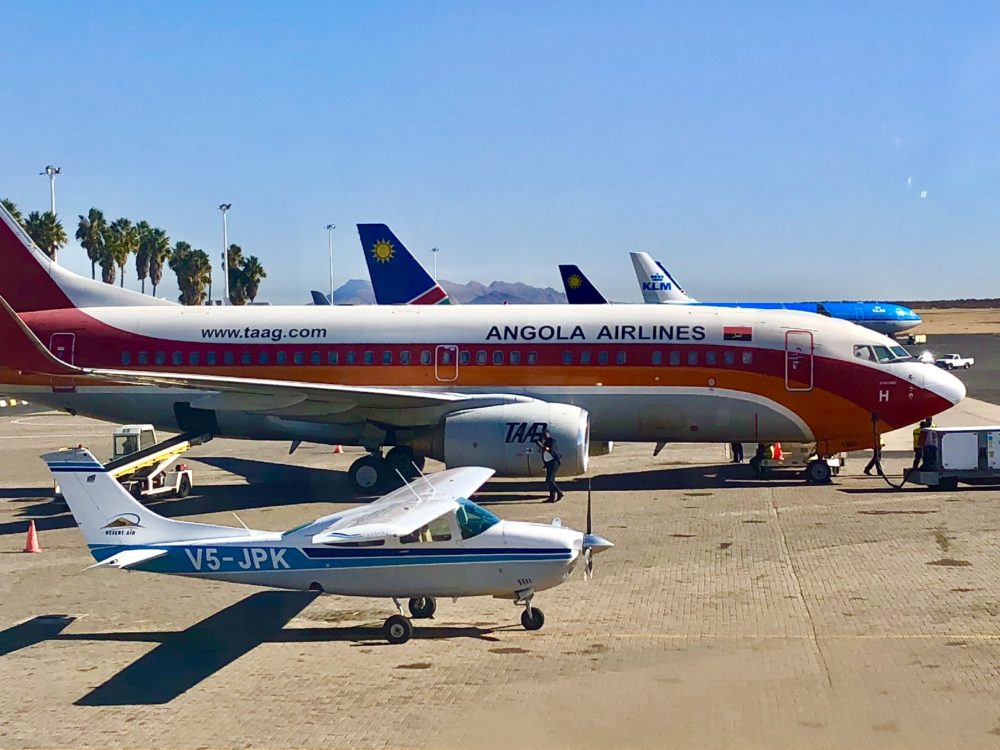
I totally nerded-out on the three hour and twenty minute flight from Joburg to Luanda, pinching myself as we boarded. Something inside me was worried that this was all too good to be true – that the flight might be canceled. My two-night visit to Luanda had no wiggle room for flight cancellations. I did not have complete faith in the airline whose website didn’t even show this flight. I’d booked through Expedia (which breaks my rules about booking flights via a third party), but had called TAAG first, to verify the flight. I was pretty proud of myself actually, for succeeding in confirming that the flight did indeed exist, all in Portuguese, with the gentleman at the TAAG call center months ago.
My whole point here is just how extremely grateful I was to actually be on this flight, as air travel in Africa, in general, is always such a roll of the dice. But this was really happening!
I enjoyed the flight overall. The male flight attendants wore suits complete with red ties adorning the TAAG logo in teal.
Lunch was…interesting. An orange plastic box with a small turkey sandwich, a roll, and—hell yes—chocolate cake. All washed down with sumo de tutti frutti, a juice blend of mango, guava, and papaya that somehow worked. Naturally, I ordered a free Cuca beer just because the label was too good to pass up. Plus, being on this flight alone was reason enough to crack one open.
By the time we touched down, I’d struck up a solid conversation with my seatmate, Lea Komba. Young, Angolan, and spoke English like a pro. I peppered her with questions about Luanda, and she was more than happy to play tour guide, giving me the lay of the land before I even stepped off the plane.
Fun fact: There were about a dozen brancos (white folks) on board. I found myself wondering—were they Portuguese? And what the hell were they doing in Angola?
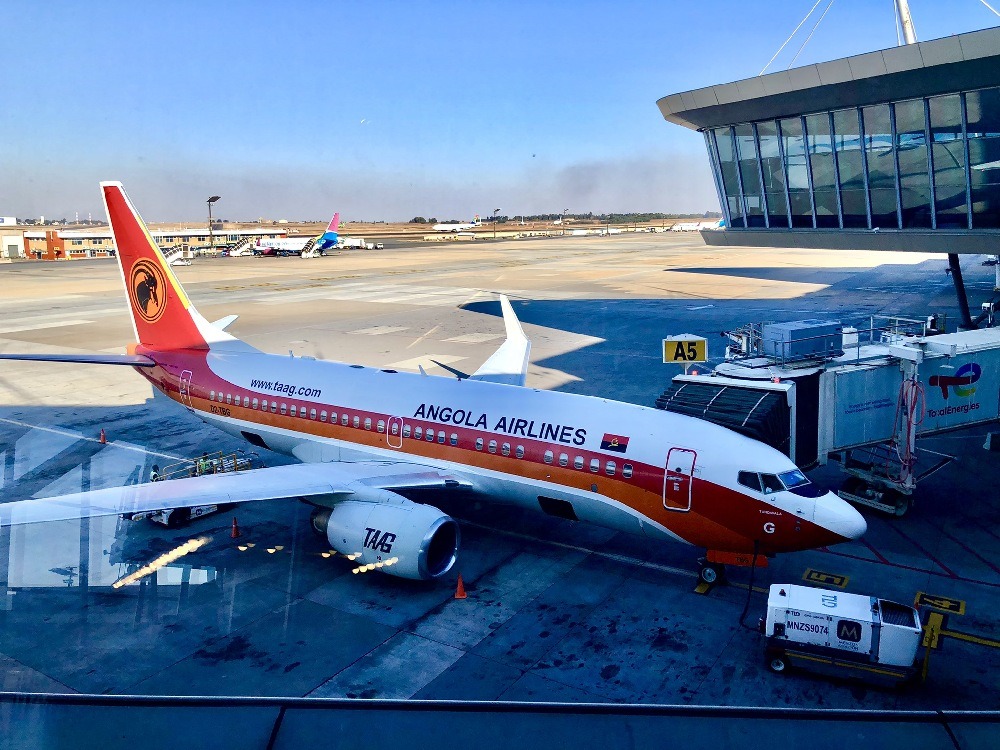
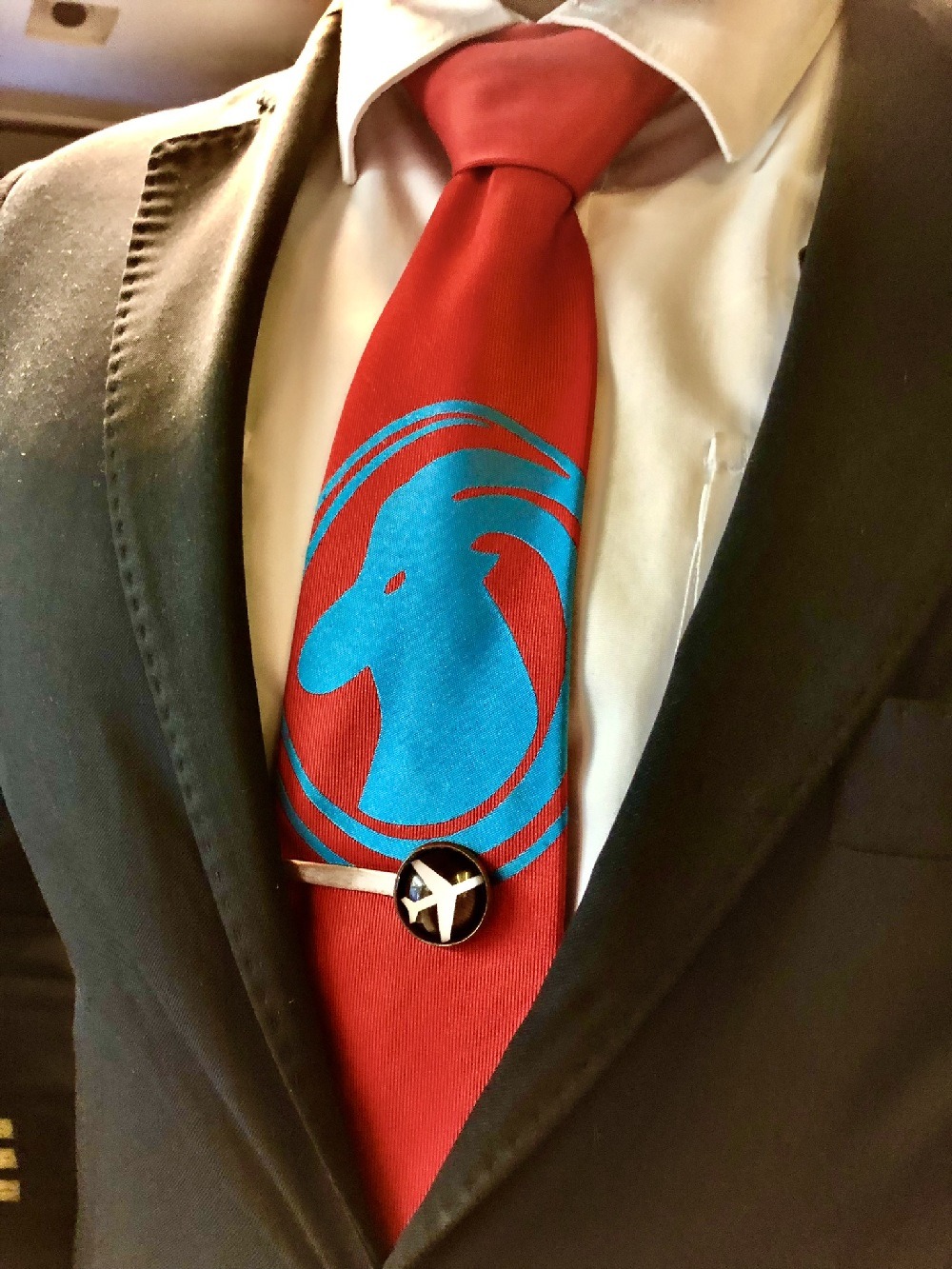
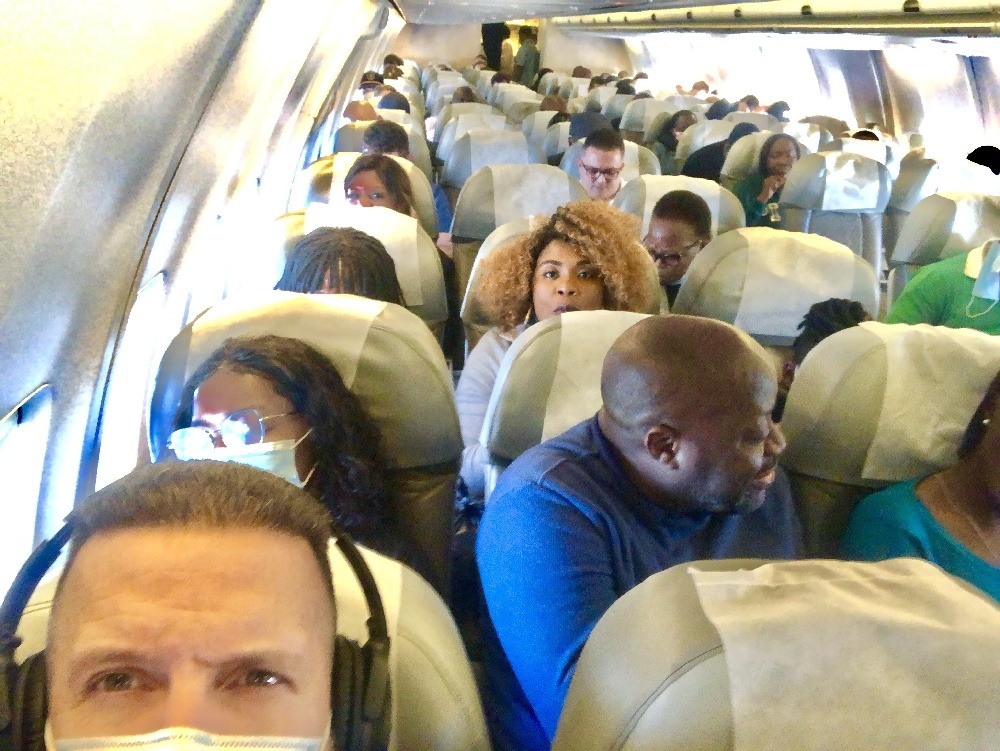
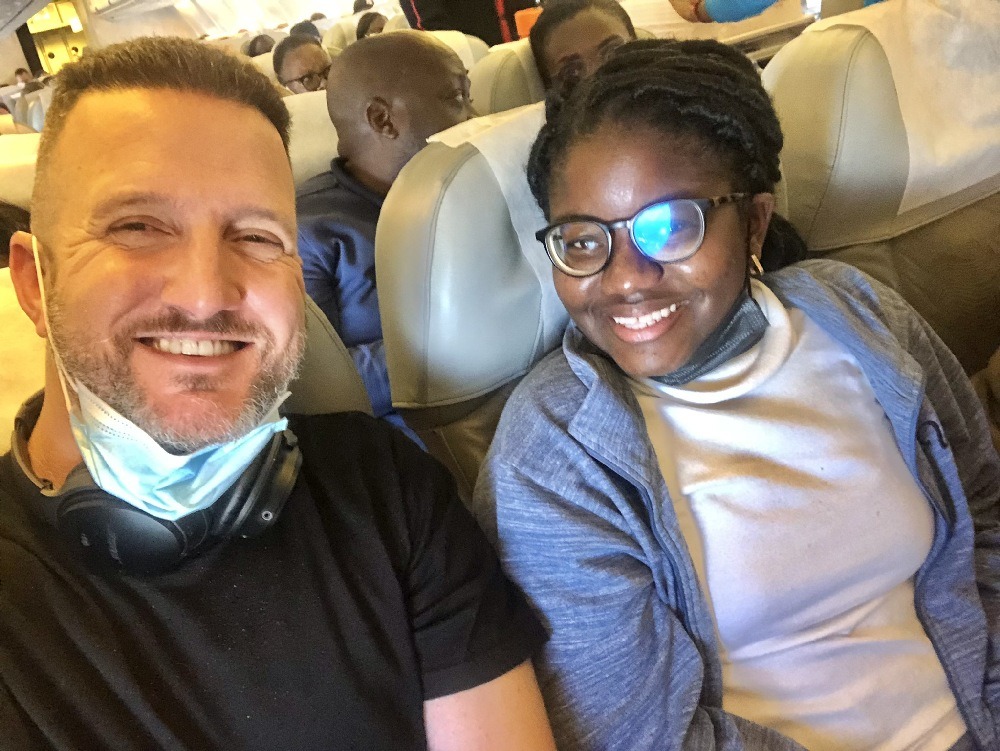
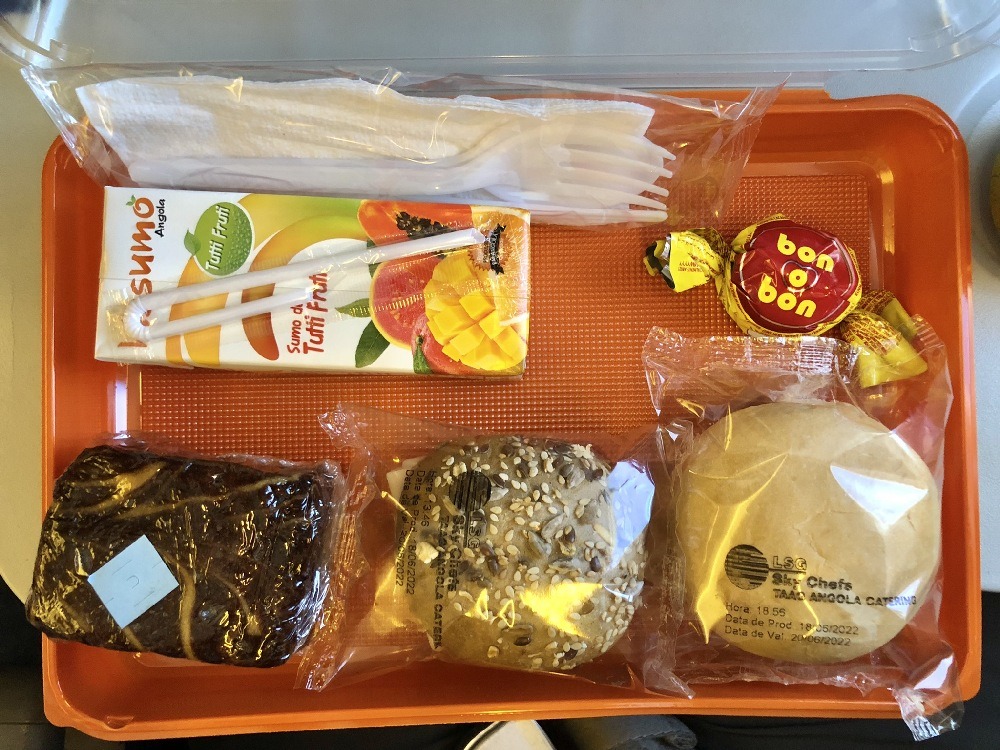
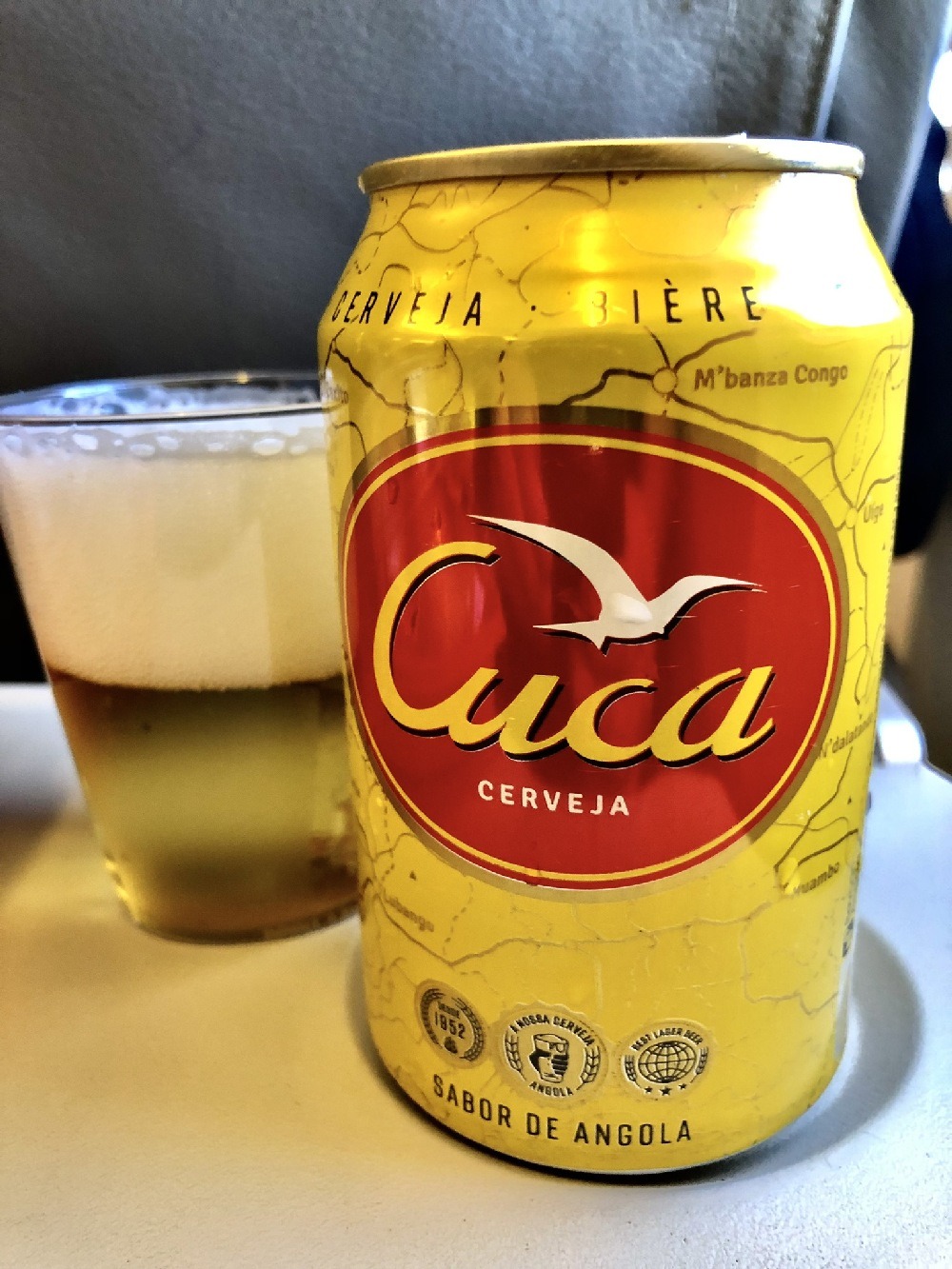
Red Tape
After we landed, it took a solid 90 minutes to finally get out of the airport. First, everyone had to take a COVID test right off the plane and wait for the results before heading into the terminal. The whole thing ran surprisingly smoothly, though. I was pretty damn proud of myself for getting through it all todo em português.
Once inside, I was shuffled over to the visa office with three other foreigners: an American, an Indian, and an Australian. I’d applied in advance and had my “authorization letter,” but that wasn’t the actual visa. Nope, I still had to pay and get it on-site. Twenty-five minutes and $120 later, I had my visa in hand and was good to go.
The guys in the visa office were actually pretty friendly, which was a relief, considering a friend of mine got thrown in jail a few years back for showing up without the right visa and was sent packing the next day. I was happy to have better luck this time. (You can read Ryan’s whole nightmare story here.)
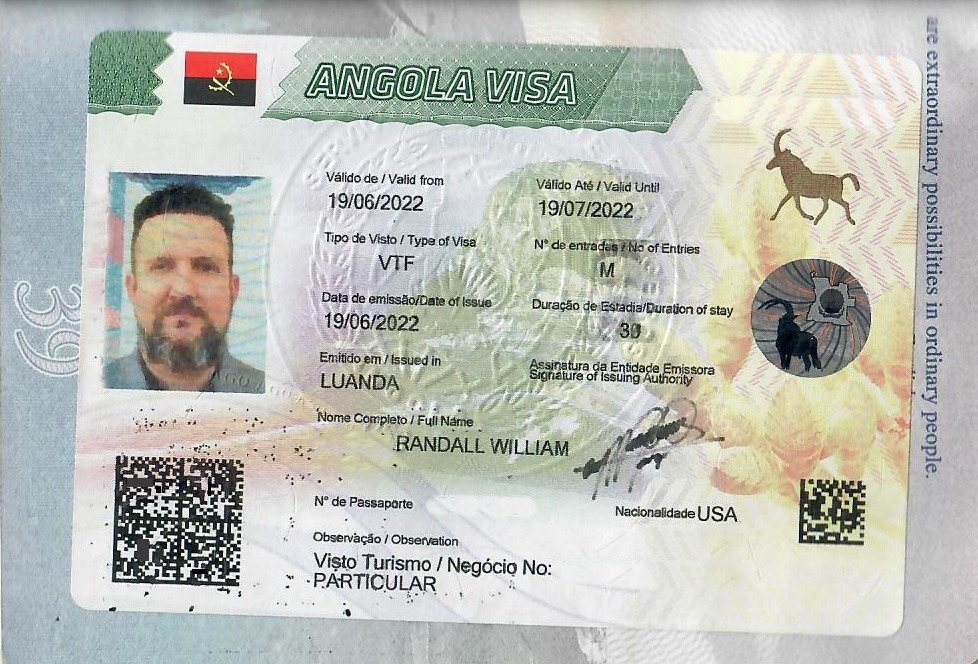
Taxi Troubles
Out on the curb, I flagged a cab to the hotel. Like a seasoned traveler, I asked the fare before getting in. The driver assured me it was a “metered” ride, so I figured I was in the clear. Fast forward eight minutes later, and he’s asking for 100 bucks. A hundred. For an eight-minute ride. I’ve been to this rodeo plenty of times, so I switched into full combat mode.
First, I told him straight up he was out of his mind. Robbery in broad daylight, and I wasn’t playing along. When that didn’t shake him, I gave him a nice “wait a momentinho” and headed into the hotel lobby for backup. The front desk sent a staffer out, which wasn’t exactly the cavalry, but having someone with me likely kept the situation from going sideways. The driver was starting to sweat, but still holding out for his scam.
The real kicker came when I snapped photos of his license plate and cab company logo—right in front of him. He didn’t like that one bit. Suddenly, he’s backpedaling, stumbling over his excuses. We finally settled on 30 bucks, which was still probably triple what I should’ve paid, but by then, I just wanted it over.
Funny enough, my buddy Ryan had a similar run-in with a driver in Luanda. You can read *his* horror story HERE.
RAMBLIN’ TIP: Even when a cabbie swears it’s a metered ride, don’t get too comfortable. At the very least, get a ballpark estimate upfront—an over/under of what you should expect—and confirm it with them. Verbally. Visually. Hell, use your phone’s calculator and take a screenshot for good measure. These guys will pull up some bogus app on their phone and call it a “meter,” but it’s all part of the scam. Taxi drivers abroad still have a reputation as notorious hustlers, and honestly, I don’t feel bad that rideshare apps are putting some of them out of business. (To be fair, there are plenty of good, honest cabbies out there…but the bad apples have spoiled the bunch.) So yeah, triple-confirm the fare before you get in.
I know. I don’t follow my own advice half the time. I didn’t in Luanda, and I paid for it. But starting now, I’m getting better at sticking to that rule.
My intro to Luanda wasn’t exactly the warm welcome I’d hoped for, but I wasn’t going to let some scammy taxista ruin the trip. By the time I checked in, it was close to 10 PM. I tossed my bags down and hit the hotel restaurant just before they closed. The food was fine—not the Angolan cuisine I came for—but chatting with the waitress in Portuguese was a nice touch. Tomorrow, I’d dive into the real stuff. For now, lights out.
I stayed at Hotel Continental. You can see the property and book a room HERE.
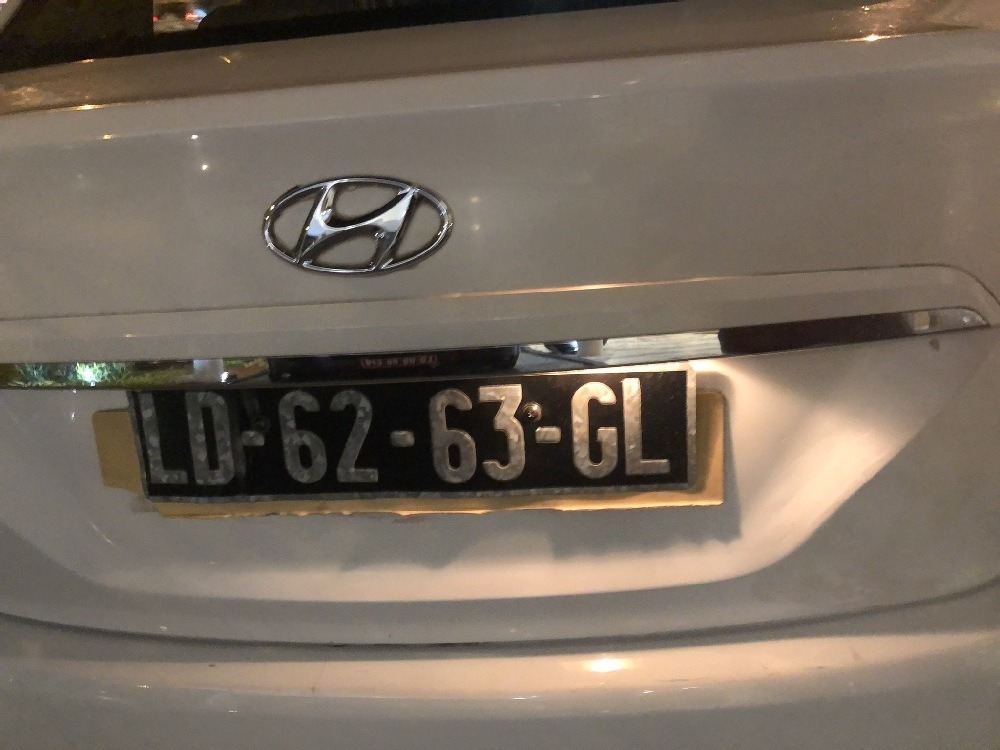
Street Life
The sun was blazing down on Luanda the next morning, and I stepped out of the hotel, ready to soak it all in. Barely 60 seconds later, I had a vagrant tailing me. I caught him out of the corner of my eye, so I picked up the pace and even took a different route, hoping to lose him. But the guy was persistent and caught up with me at the corner, eager to chat.
His name was Chiso, and honestly, he was pretty friendly. But I’ve been around long enough to know not to get too deep into a conversation with a stranger on the street. Before I knew it, he had asked me to bring him something back from the grocery store. I had a feeling this wouldn’t be the last time I’d be stopped by strangers in Luanda. We’ll get into that later, but for now, it’s time to explore!
I caught a glimpse of the bay before diving into the city, ready to check off some sights I’d pinned on my GPS. First up was the “eternal flame” at the Monumento do Soldado Desconhecido, right next to the main post office—a stunning old building that flaunted classic Portuguese colonial architecture. I would’ve loved to wander inside, but a small crowd and a banner proclaiming em greve (on strike) put the kibosh on that plan.
Man, I couldn’t get enough of those Portuguese-style tiled sidewalks. Sure, they didn’t have the same elaborate black-and-white swirls as the polished, wavy paths of Copacabana or Lisbon, but they had their own charm.
As I strolled, I marveled at a beautiful old igreja (church) and soaked in Luanda’s mix of architectural treasures—the classic colonial buildings and the once-glamorous art deco low-rises from the ‘30s to the ‘50s. These stunning pieces of history—some were crumbling—stood against a backdrop of sleek glass and steel skyscrapers. The contrast was striking, a reminder of the layers of stories this city holds.
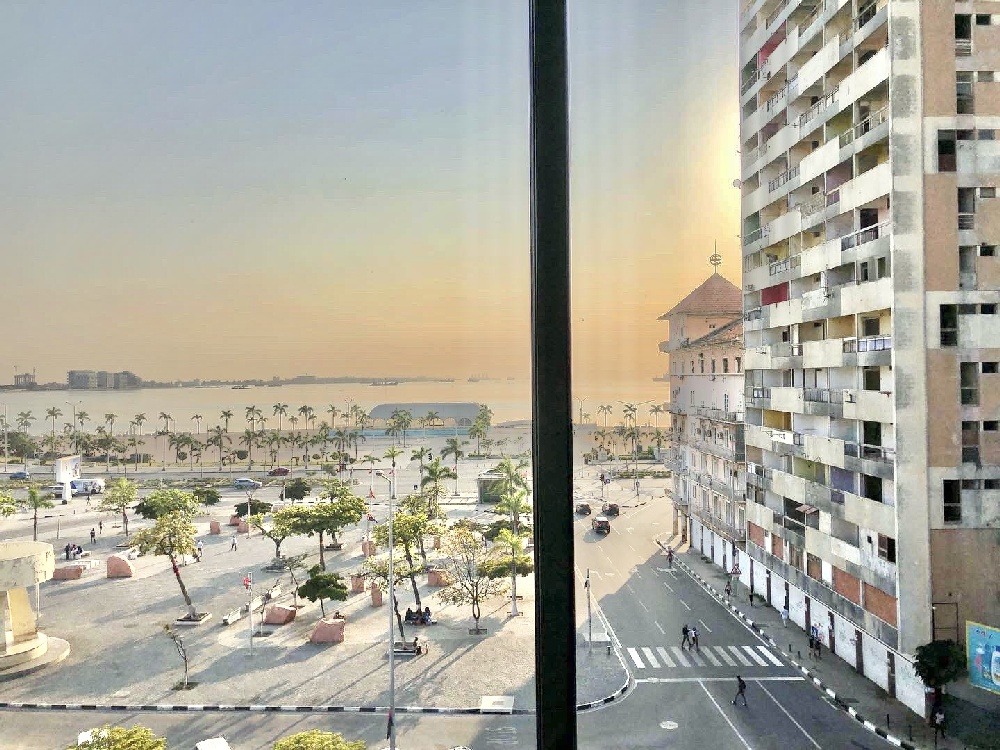
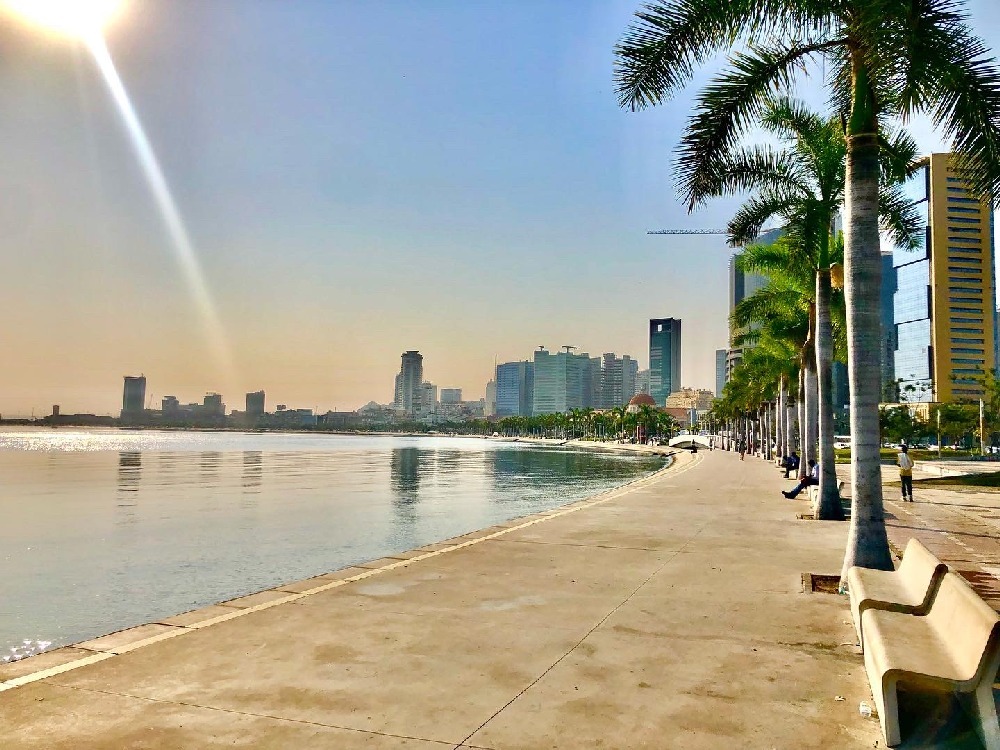
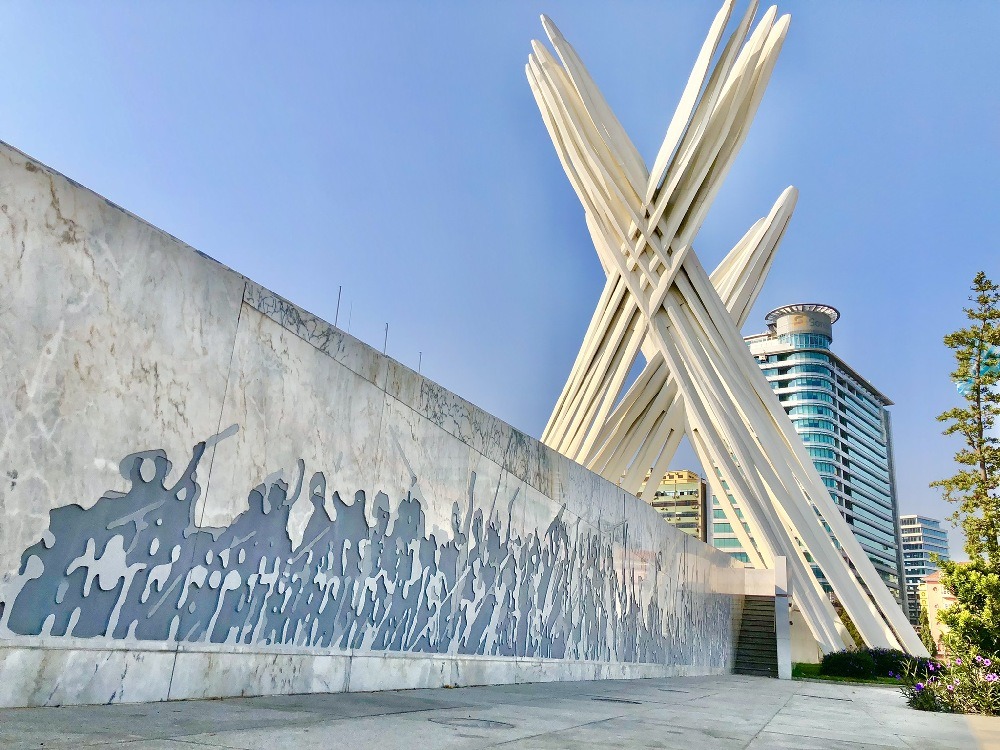
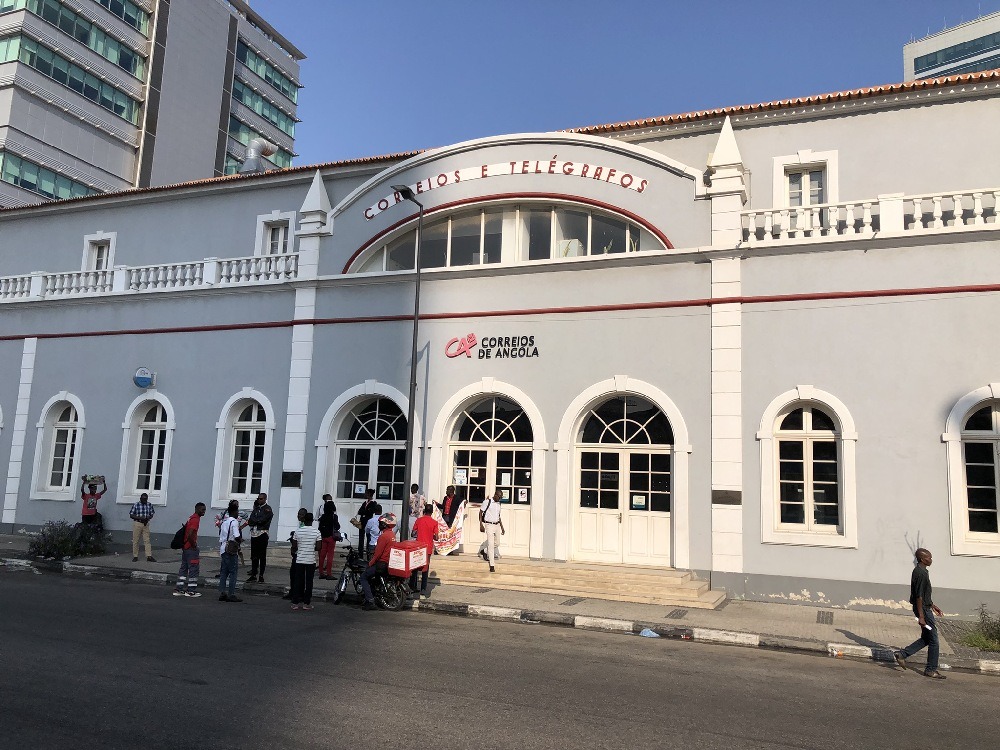
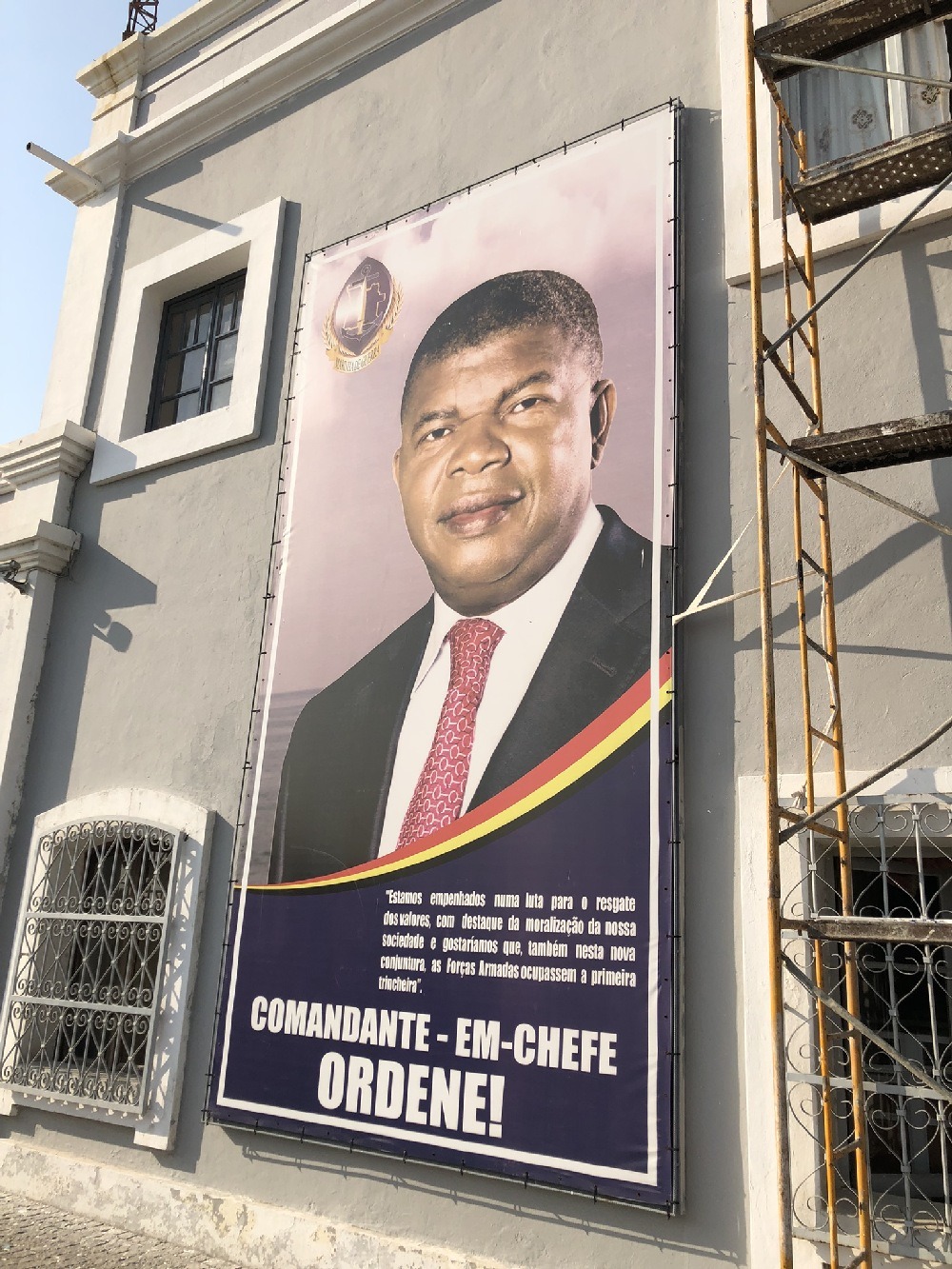
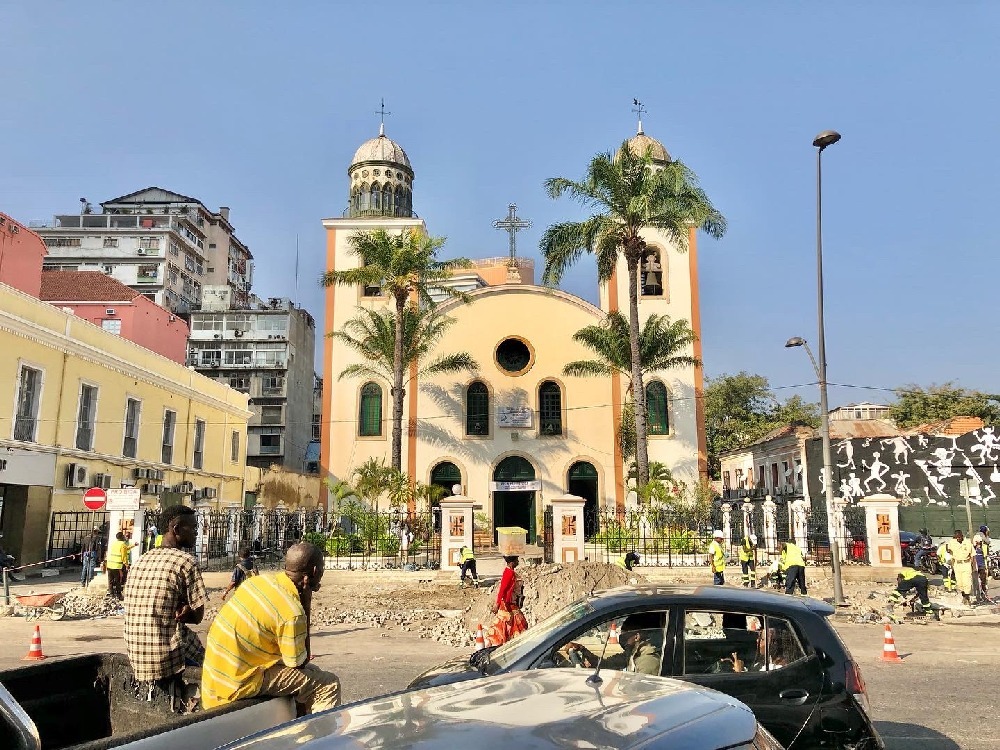
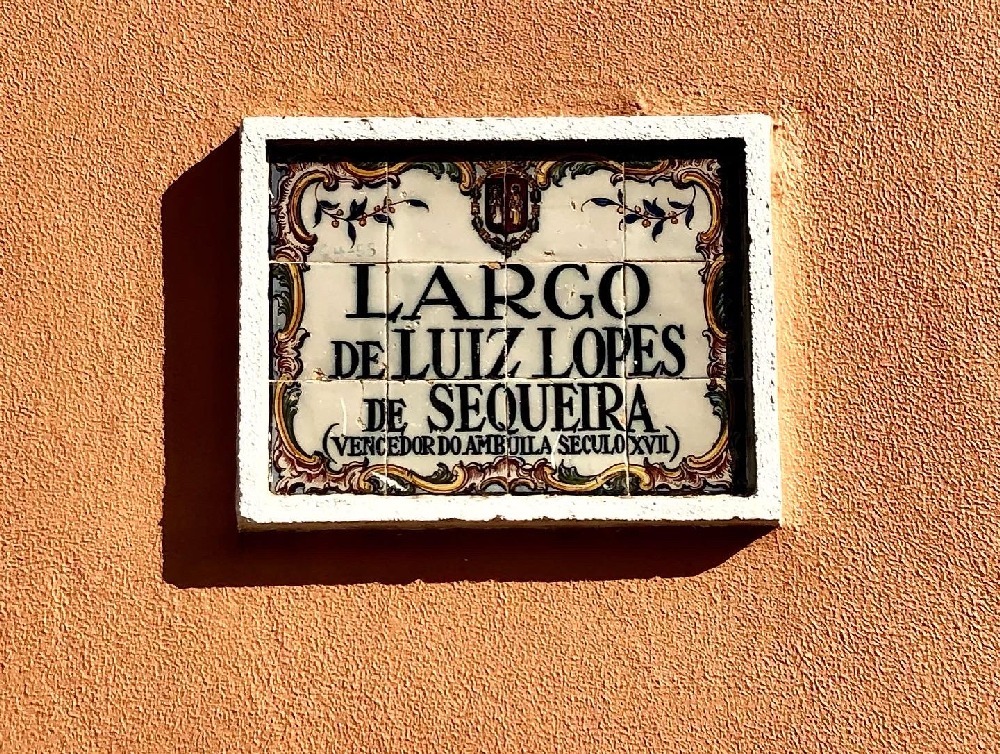
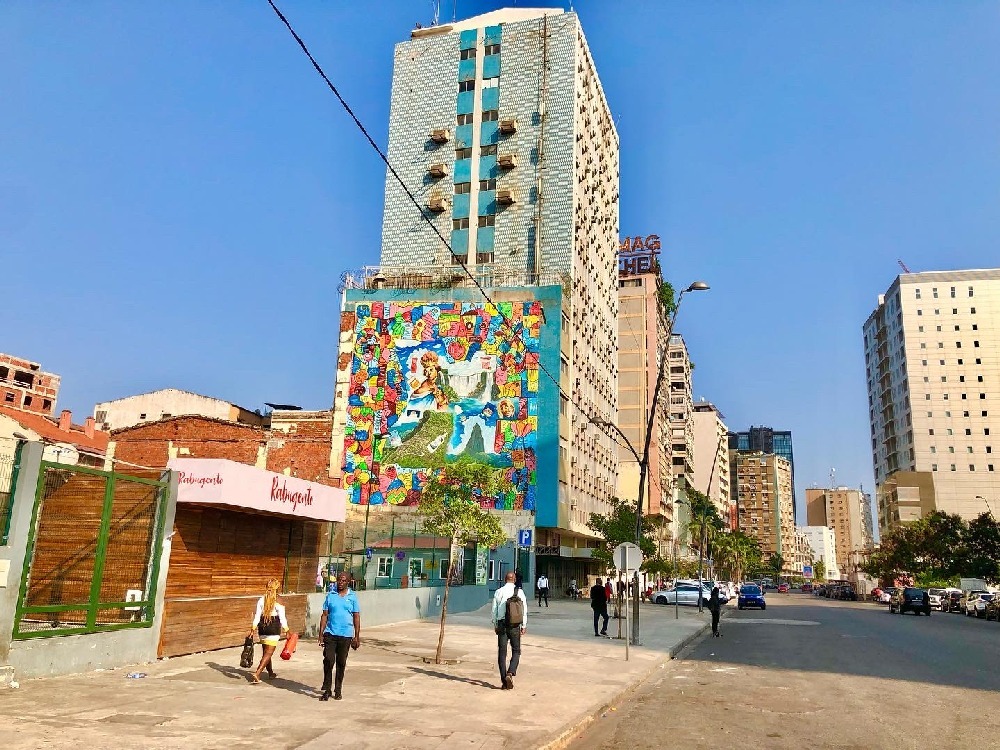
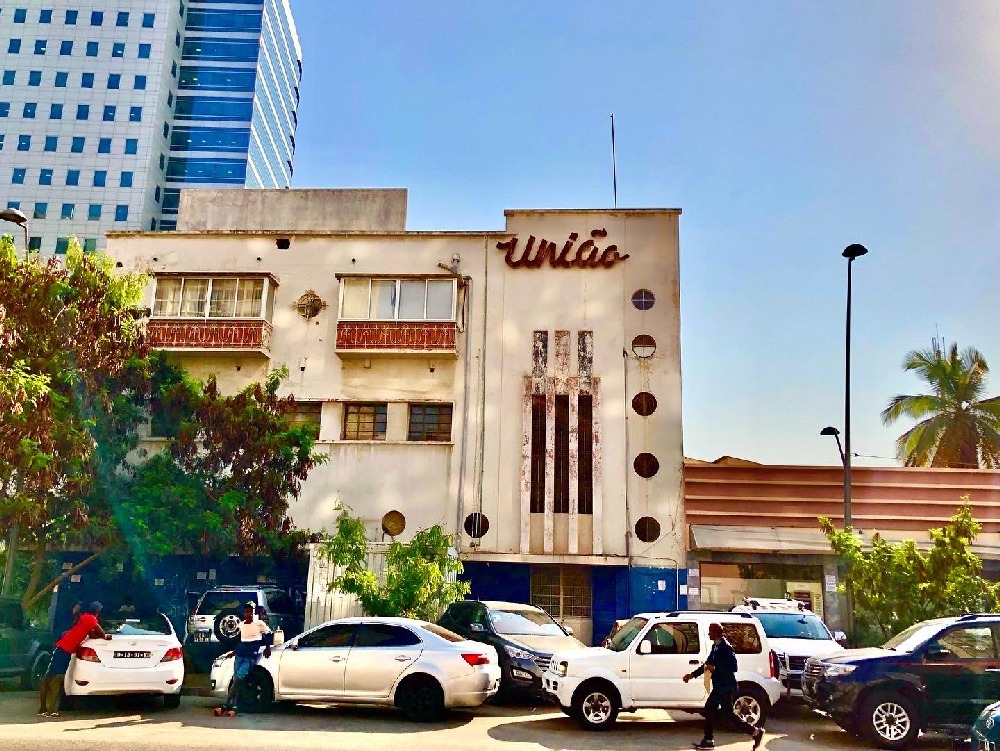
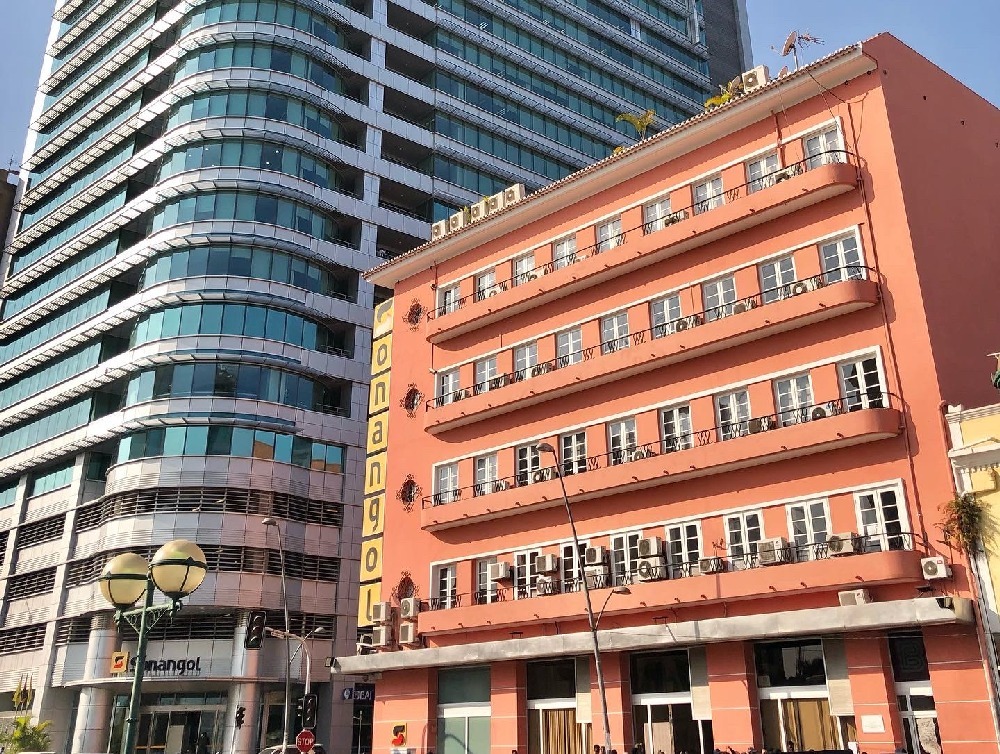
People Person
Along with the stunning architecture, I couldn’t help but admire the vibrant life on the streets. The city buzzed with energy—young guys setting up portable shoeshine stations and women grilling bananas, their sweet aroma wafting through the air. I would’ve loved to snap some close-up shots of the locals, but I wasn’t quite ready for that yet. I was still shaking off the anxiety from last night’s taxi ordeal and that awkward morning exchange with Chiso. But I knew I’d warm up to the people soon enough. In many African countries, all it takes is a smile and a “Bom dia” (or “Bonjour,” depending on where you are) to break the ice with even the most stone-faced passerby.
Angola had a distinct nationalistic vibe, too. Banners and billboards plastered with the president’s face were everywhere, along with flags waving proudly. I couldn’t help but wonder if the flag’s design—a machete crossed with half a gear—was a nod to the hammer and sickle. It certainly had that look about it.
I kicked things off with a small pastry and a latte at a French bakery called Tracadero—so far, I was 0 for 2 on the Angolan cuisine front. But I did manage to chat with the owner before moving on, and surprise, surprise—he was Lebanese! I’ve always been fascinated by how Lebanese businesses have woven themselves throughout Africa; it’s a whole story in itself.
Next, I headed over to Largo da Independência (Independence Square). Honestly, the giant statue of Angola’s first president was impressive, but what really caught my eye were the vibrant mosaics that wrapped around the monument’s circular base. It had this oddly North Korean vibe to it, which made me smirk.
From there, I made my way to Largo das Heroínas before circling back toward the sea.
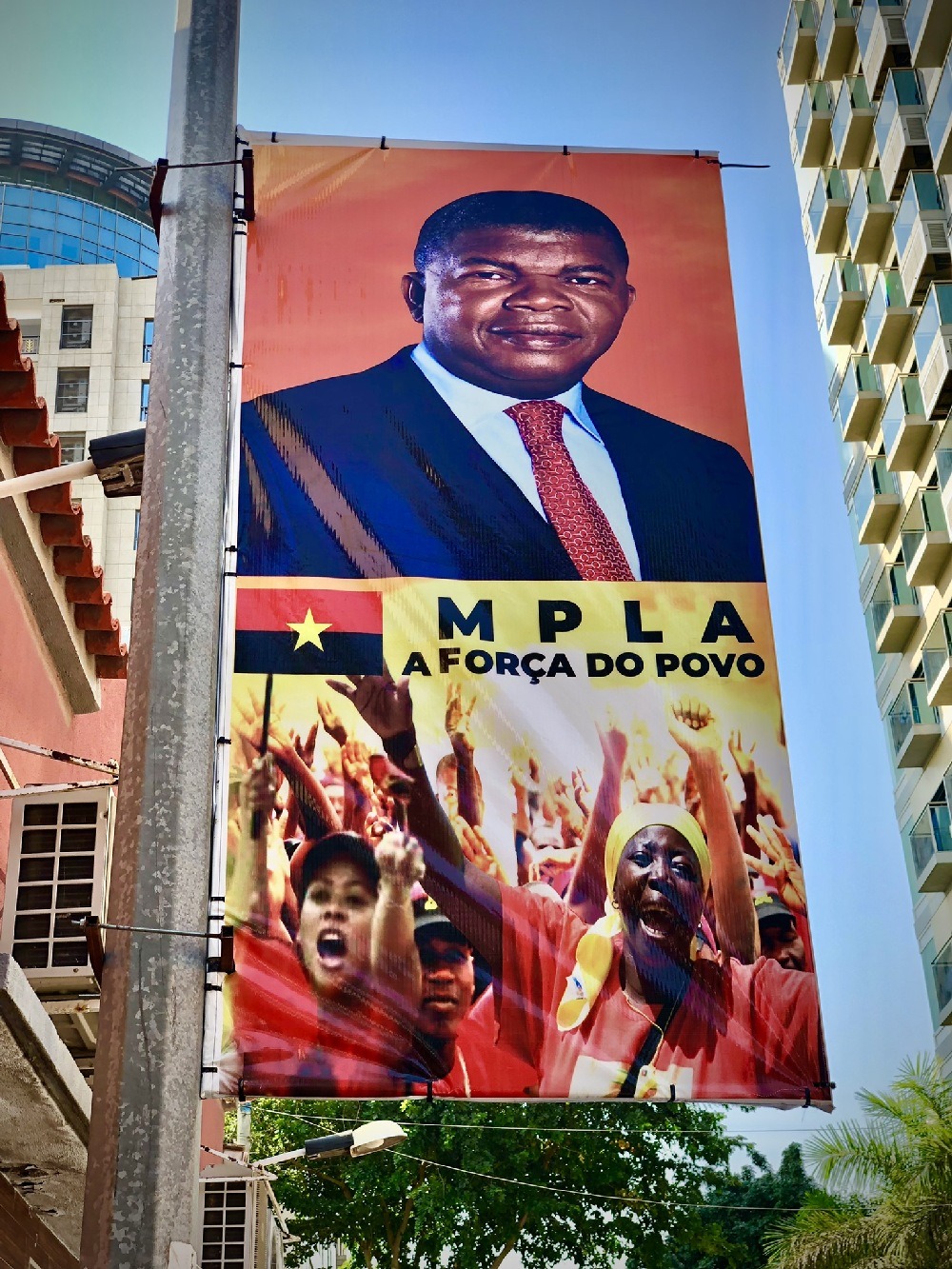
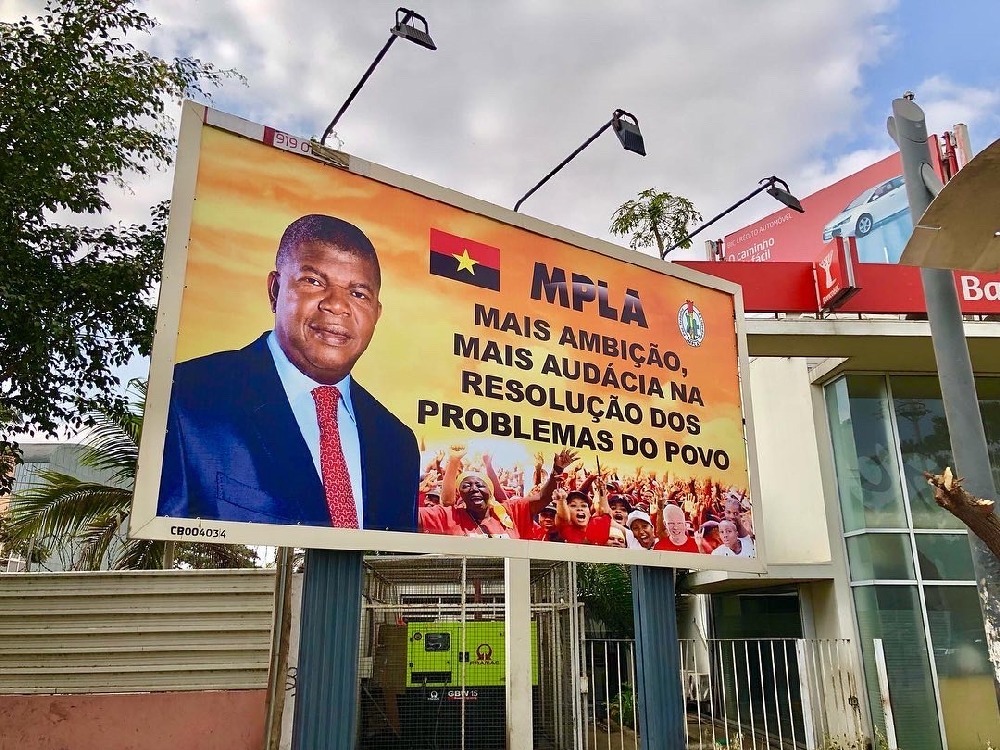
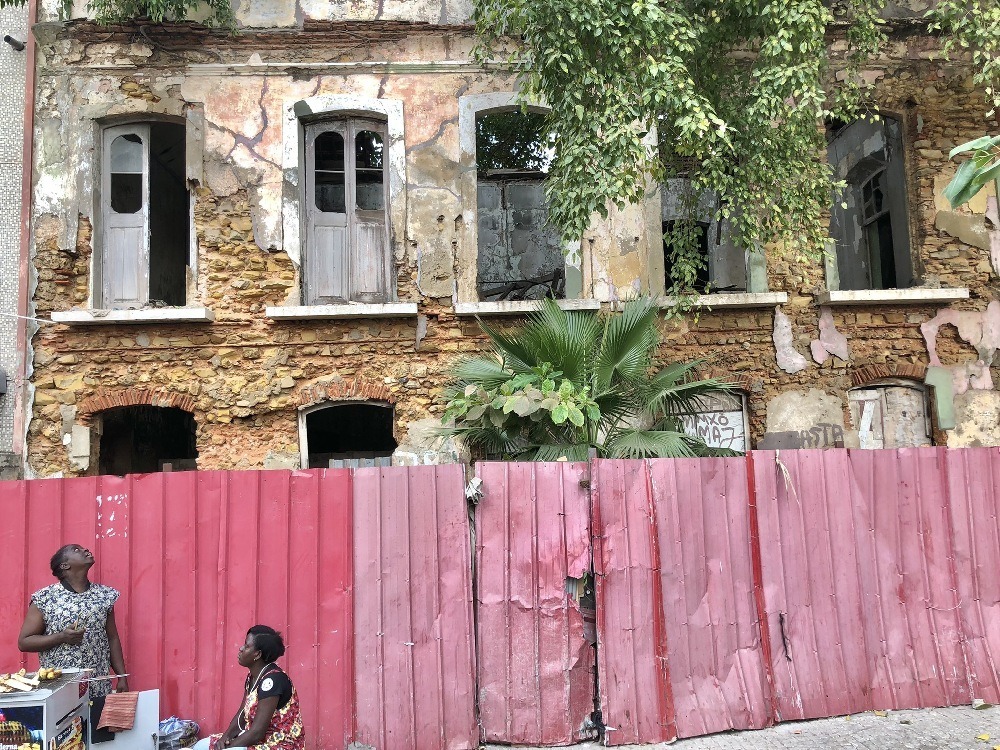
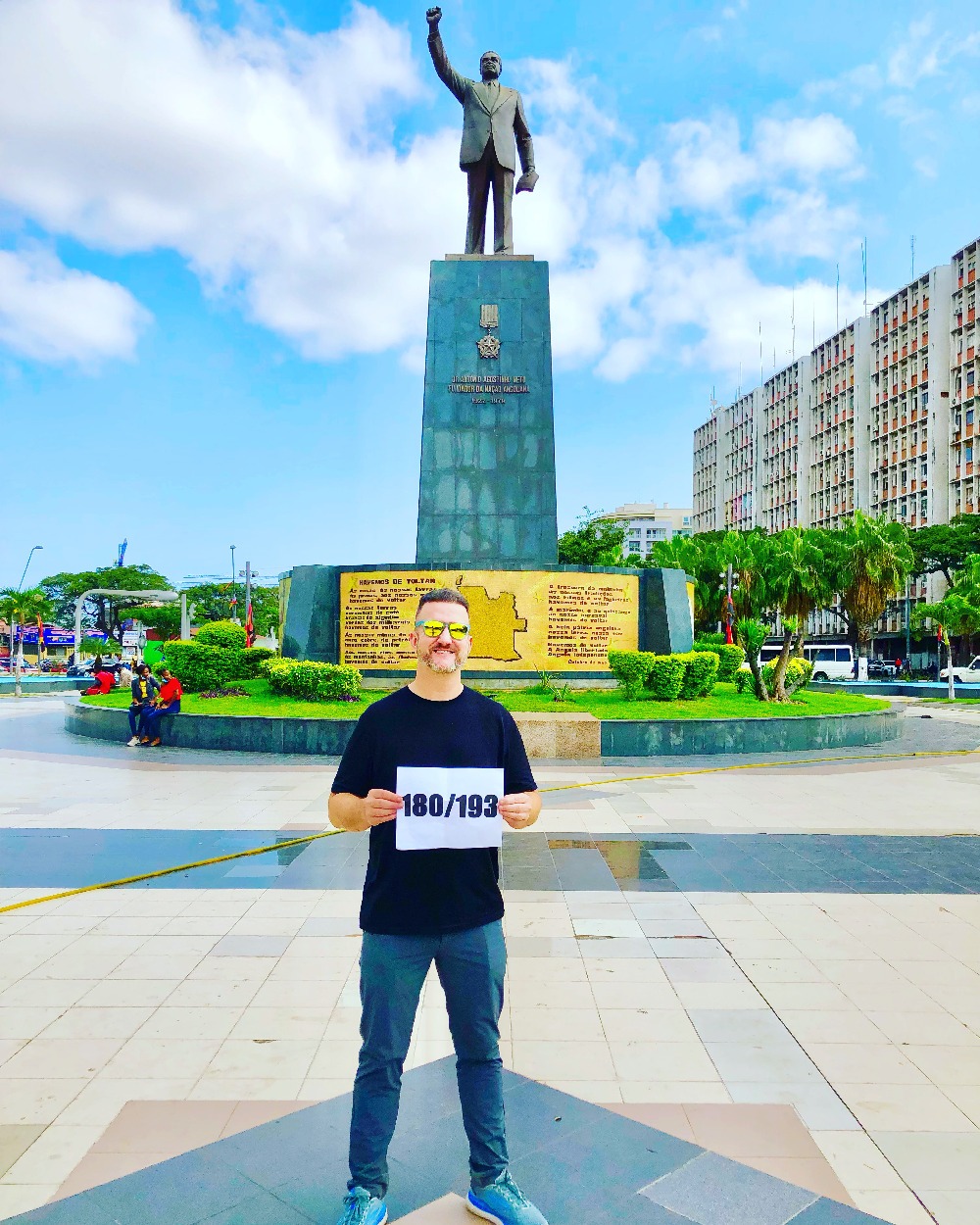
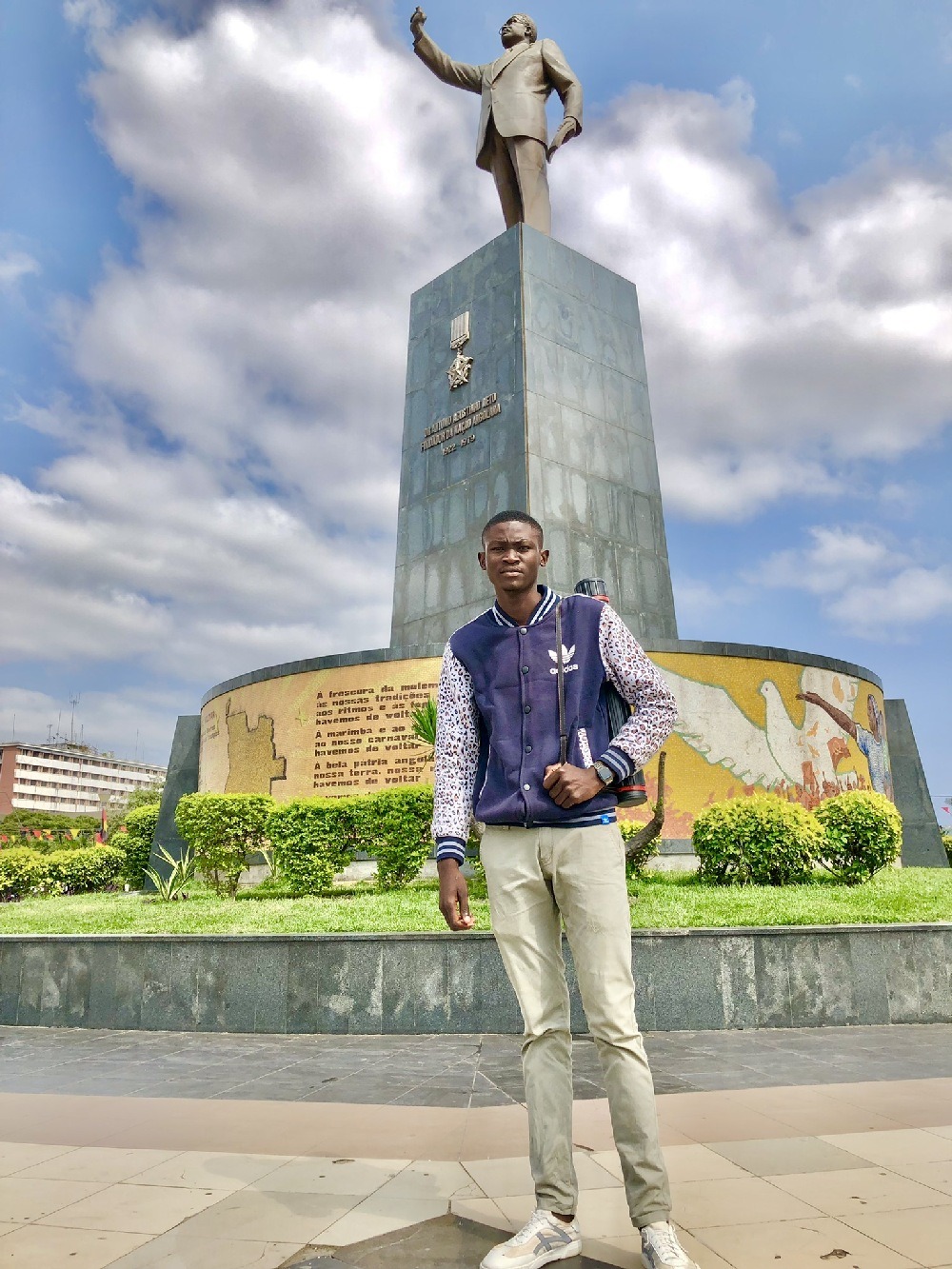
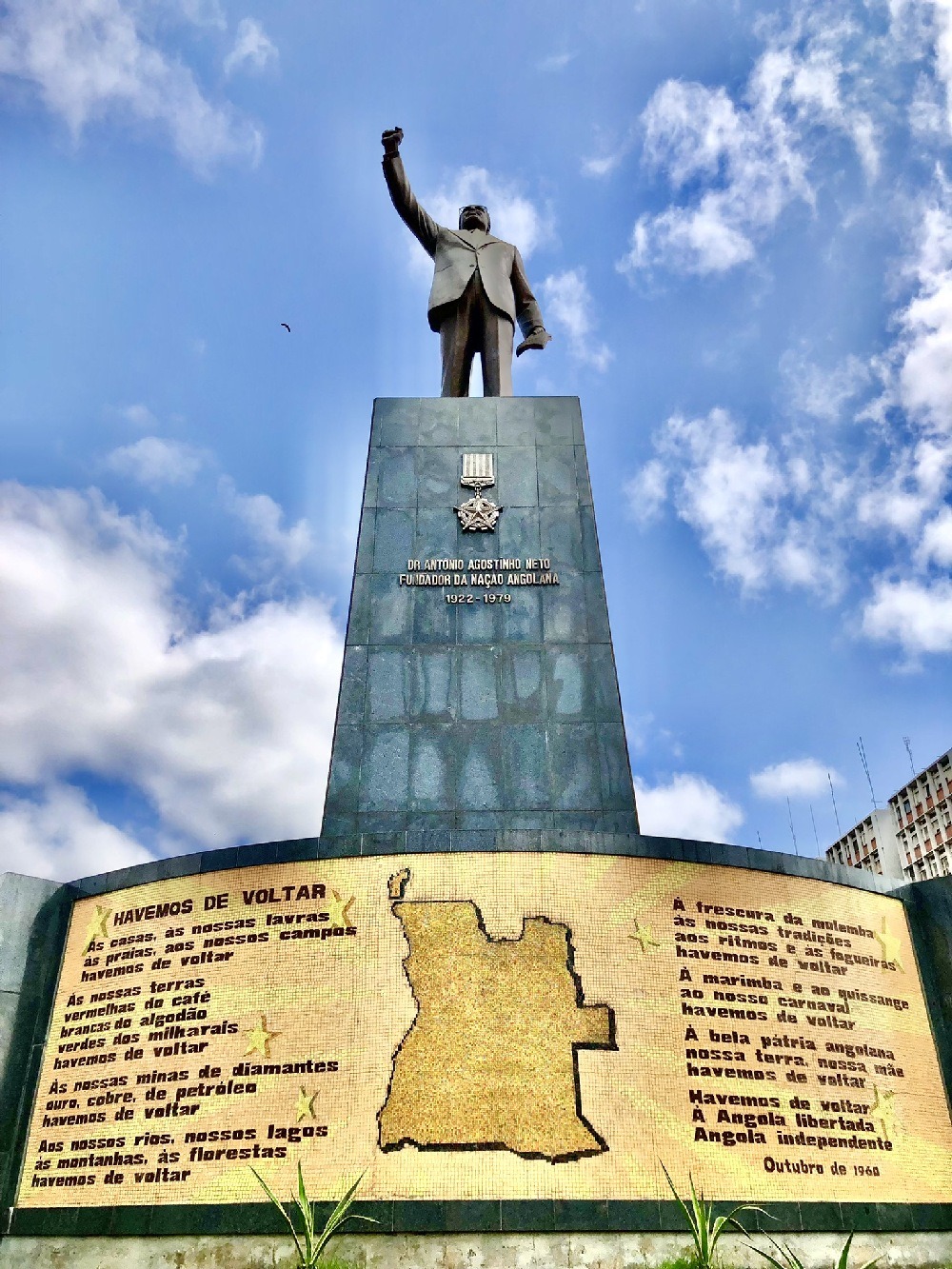
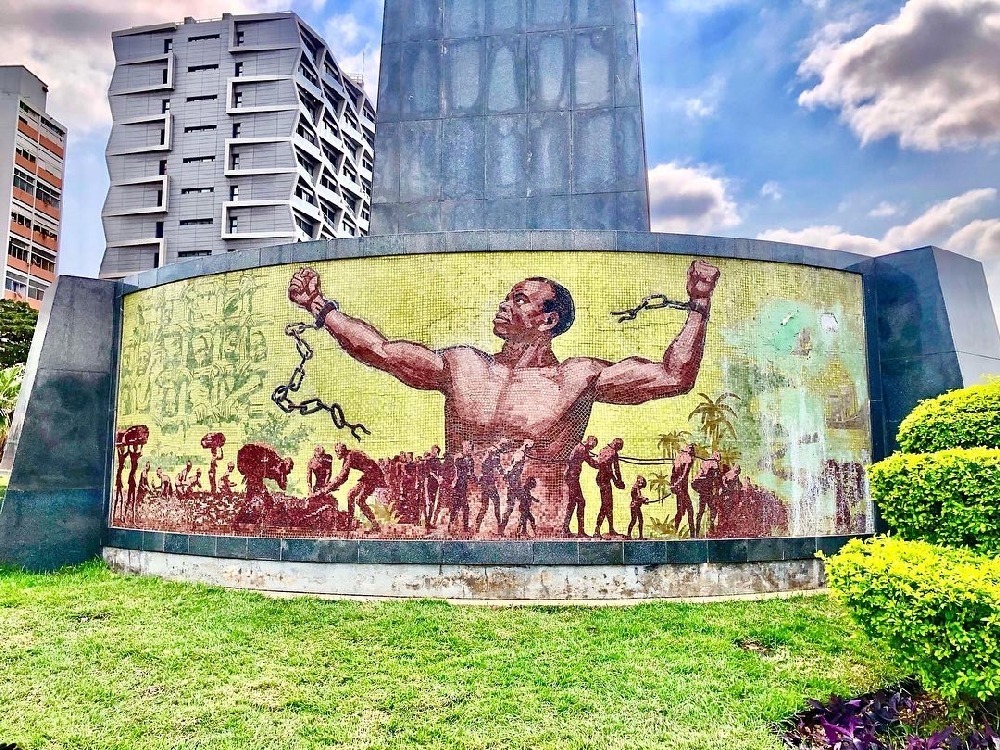
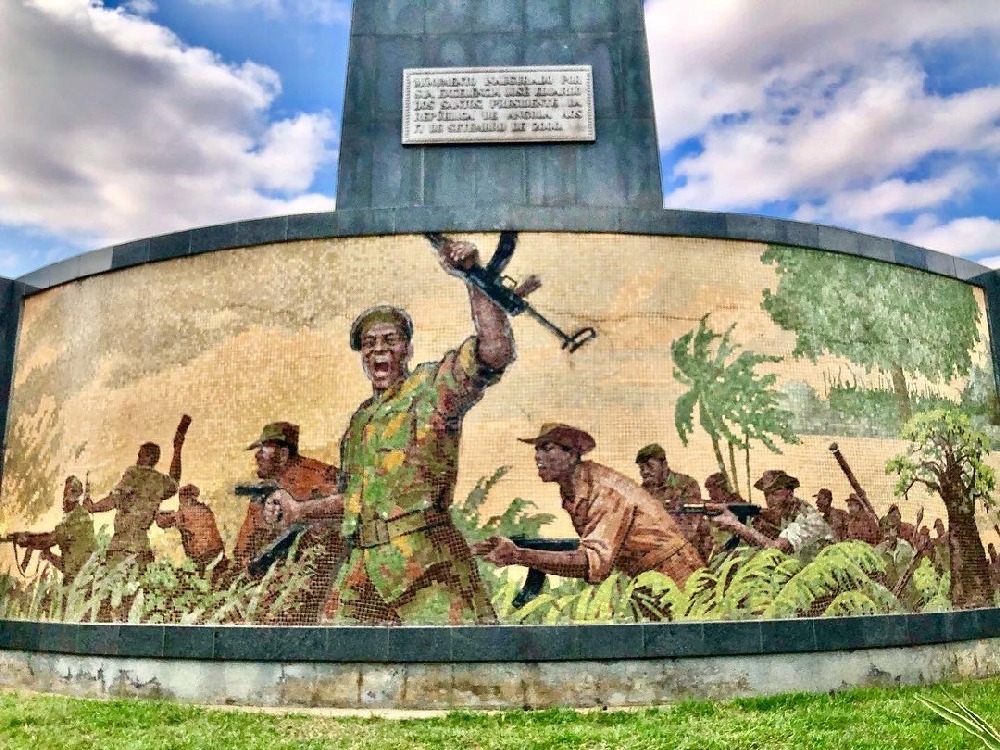
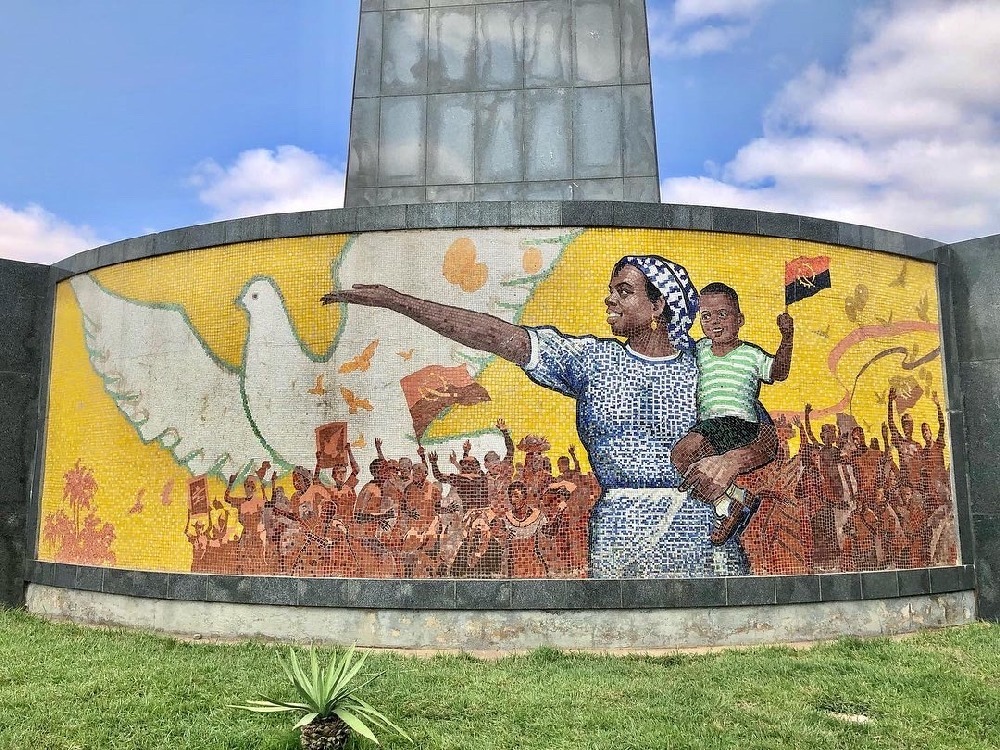
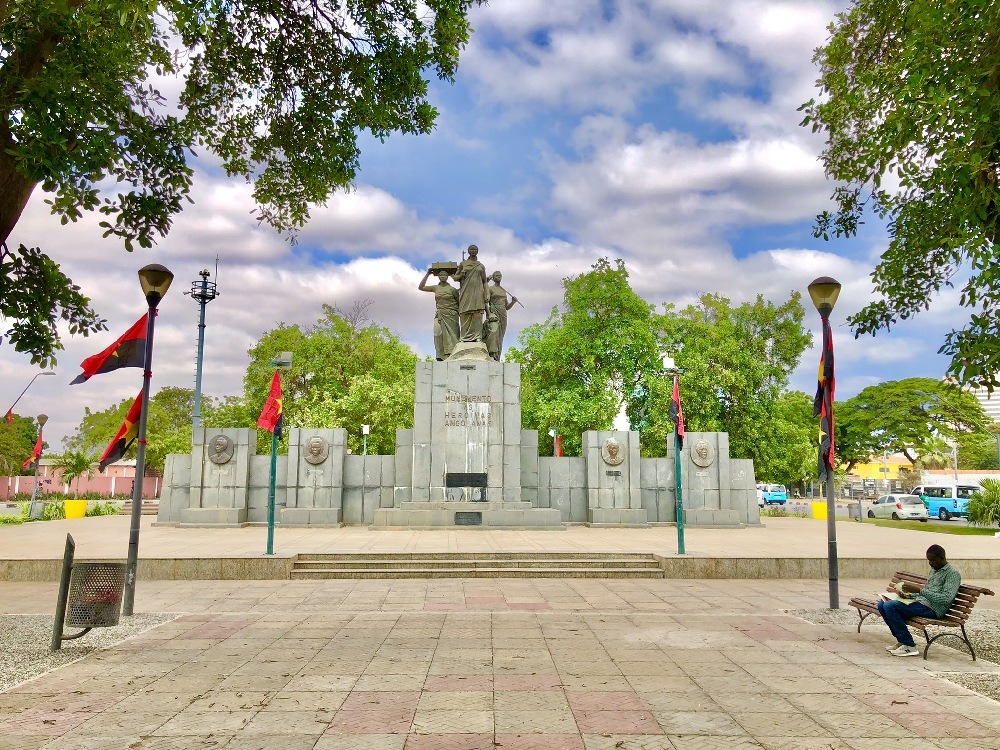
On the Radio
If you didn’t know, I’m a radio DJ and program director, and I’ve been in the game since I was 15. Beyond my love for travel, radio is my other obsession. As luck would have it, while strolling down Avenida Comandante Gika, I stumbled upon the massive Rádio Nacional de Angola complex. State radio headquarters? What a delightful surprise! I couldn’t resist the urge to check it out.
>>>RELATED: Ramblin’ on the Radio(s) – My Visits to Stations Abroad
I introduced myself to the woman at the security gate as a radio guy from Los Angeles, hoping to just pop my head in for a quick peek at the lobby. She shot me down, but then, by some miracle, an English-speaking guy in a suit walked up. I rolled out my introduction again, and this time it worked. Within minutes, Carlos Julio was not only escorting me inside but into the studio, where I suddenly found myself on the air, chatting about music, life, and what brought me to Angola.
Carlos Julio’s English was flawless, but with a twist of an Aussie accent. Later, João Paulo de Sousa dropped by for a news update, and his kindness and enthusiasm left a mark on me. These are the kind of folks I’d love to grab a beer with next time and dive deeper into their stories. The whole experience was incredible—proof that if you want to see what’s behind those locked doors, sometimes all it takes is a simple ask. You never know what might happen!
Before I left, I was handed off to Margarita Dos Santos, a young journalist who wanted to interview me for her Portuguese-speaking news program. I have to admit, if my Portuguese teachers were there, I probably would’ve earned a C, maybe a D… or, hell, even an F! I can manage basic greetings and order food like a pro, but when it came to an in-depth interview in Portuguese, I crashed and burned spectacularly. Mrs. Truran and Bezerra, I’m so sorry I let you down!
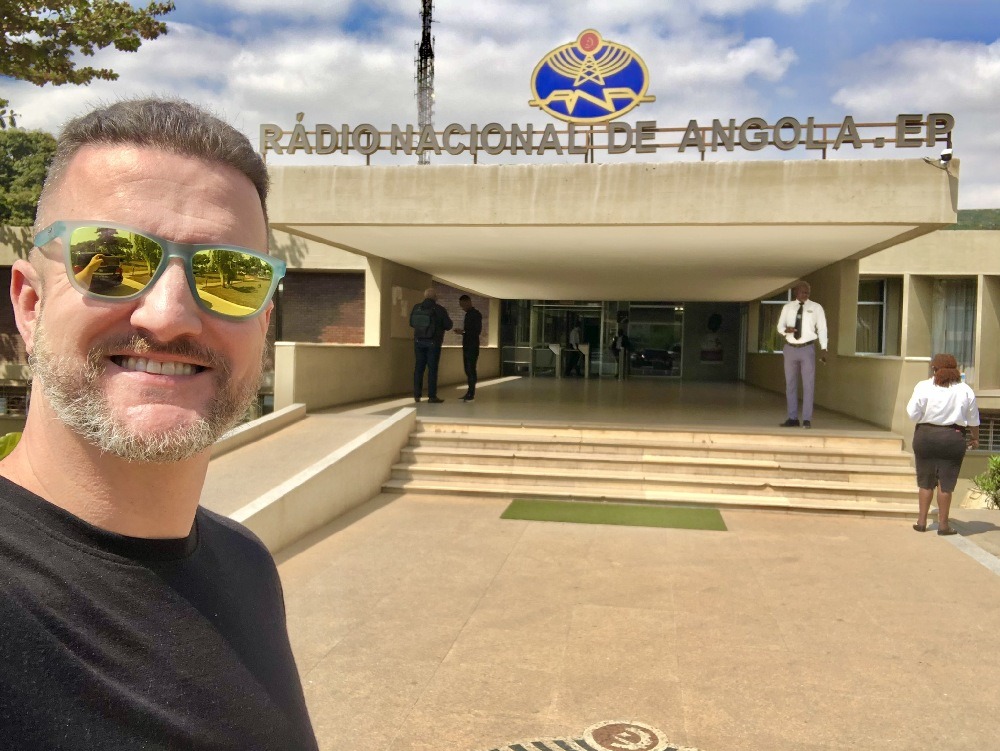
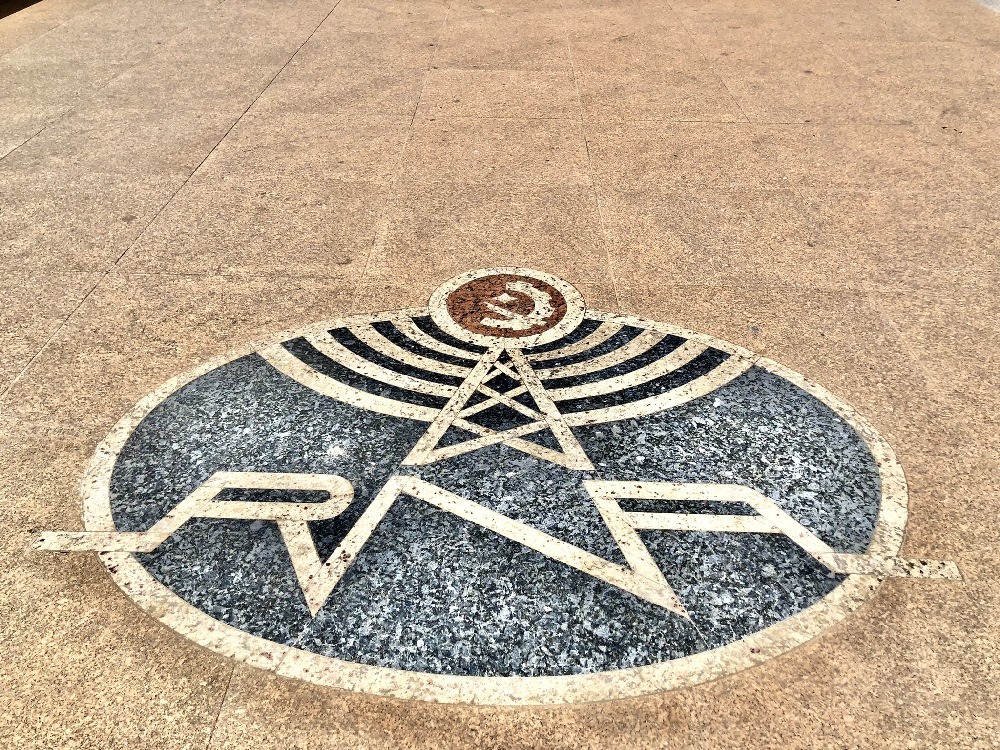
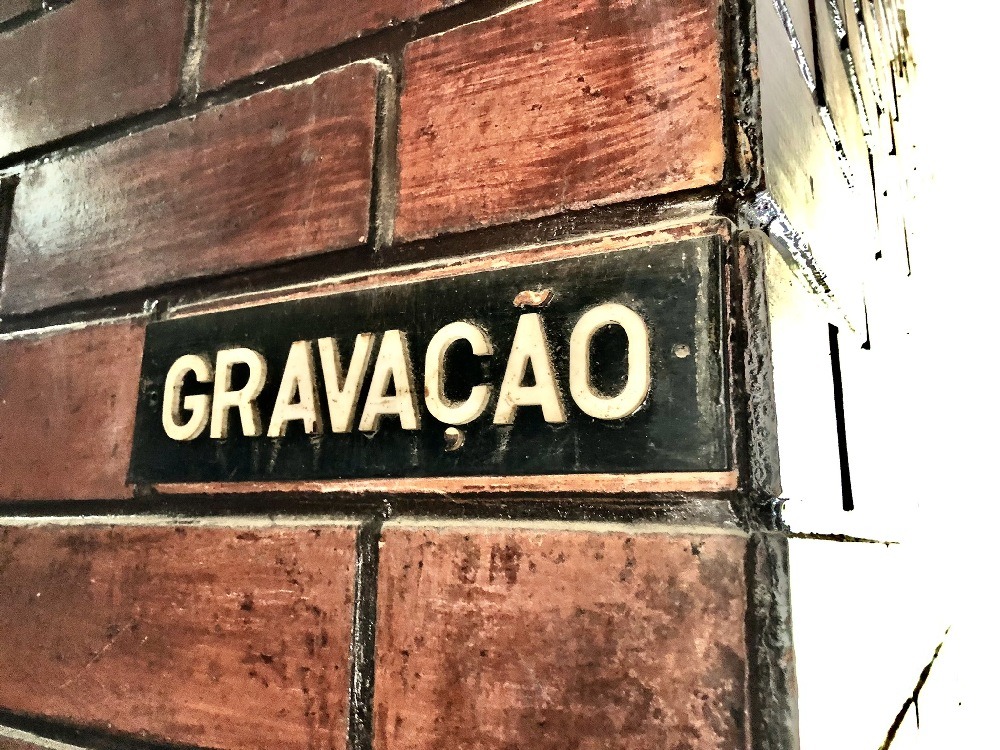
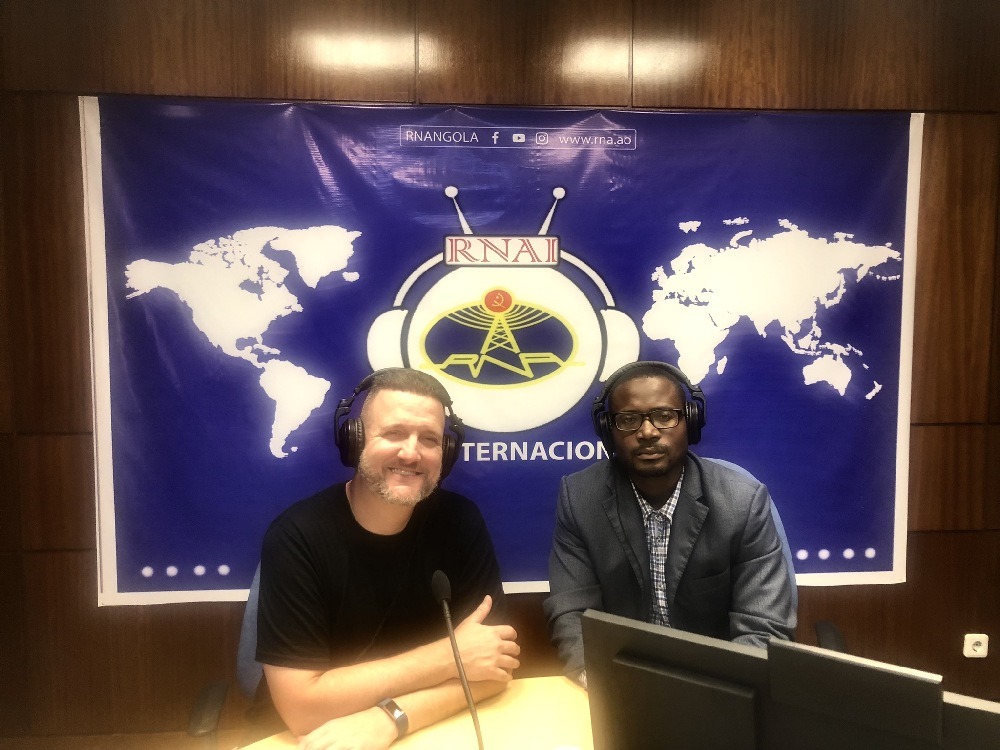
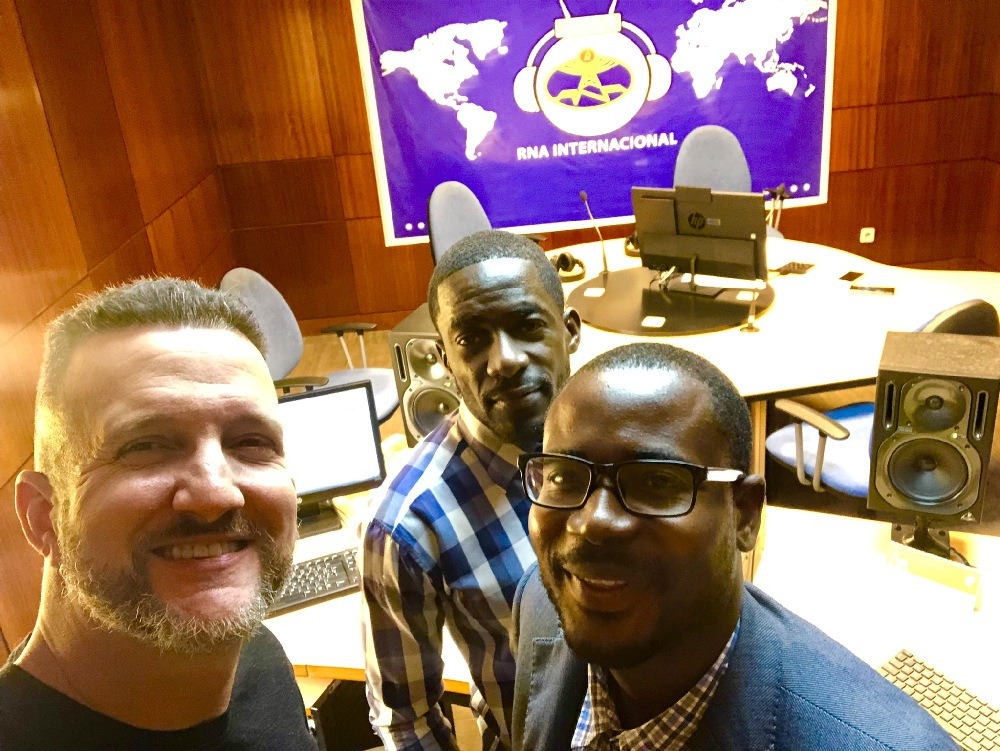
Vamos Fazer Almoço (Let’s do Lunch)
On my way to lunch, I swung by Praçinha de Tia Fina for a refreshing sumo de maracujá (passion fruit juice) before finally hitting FungeHouse. This spot came highly recommended by Luandan journalist Claudio Silva as the go-to for traditional eats.
I asked the garçom (waiter) for a local dish and ended up with a pungent bowl of calulu—fish with sauce and spinach. Once I got past the smell, it was pretty good. The side of stewed veggies hit the spot, but the funge? That stretchy ball of starch was a disaster. One bite felt like chewing rubber. The fresh lime juice was a highlight, though. At least I can say I tried real Angolan food; I’d never forgive myself if I didn’t!
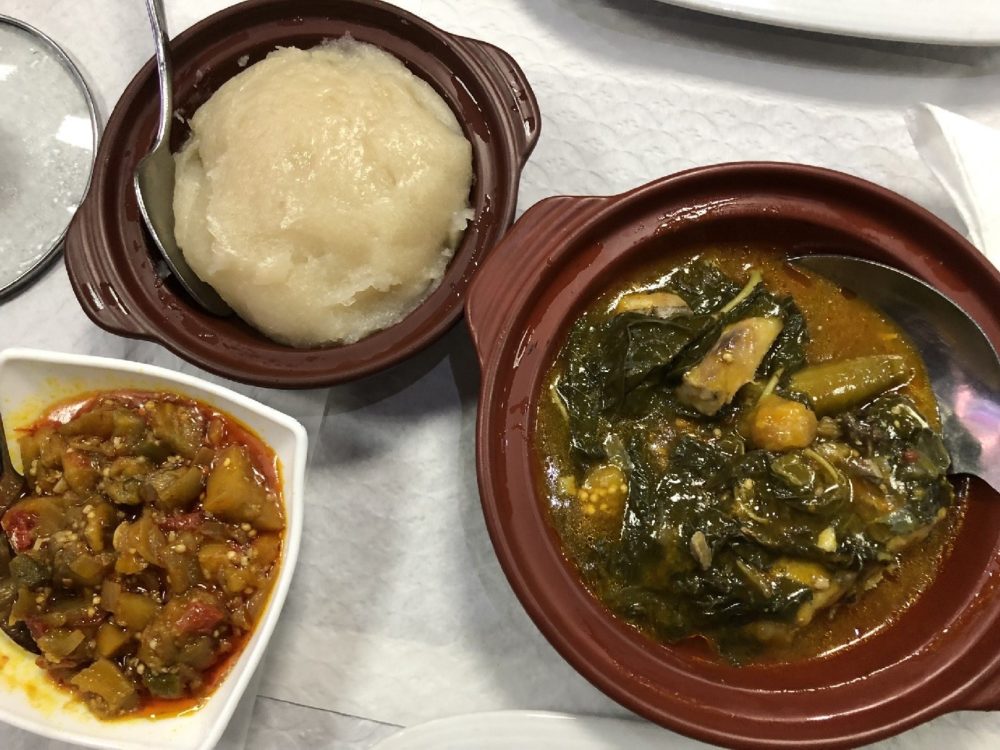
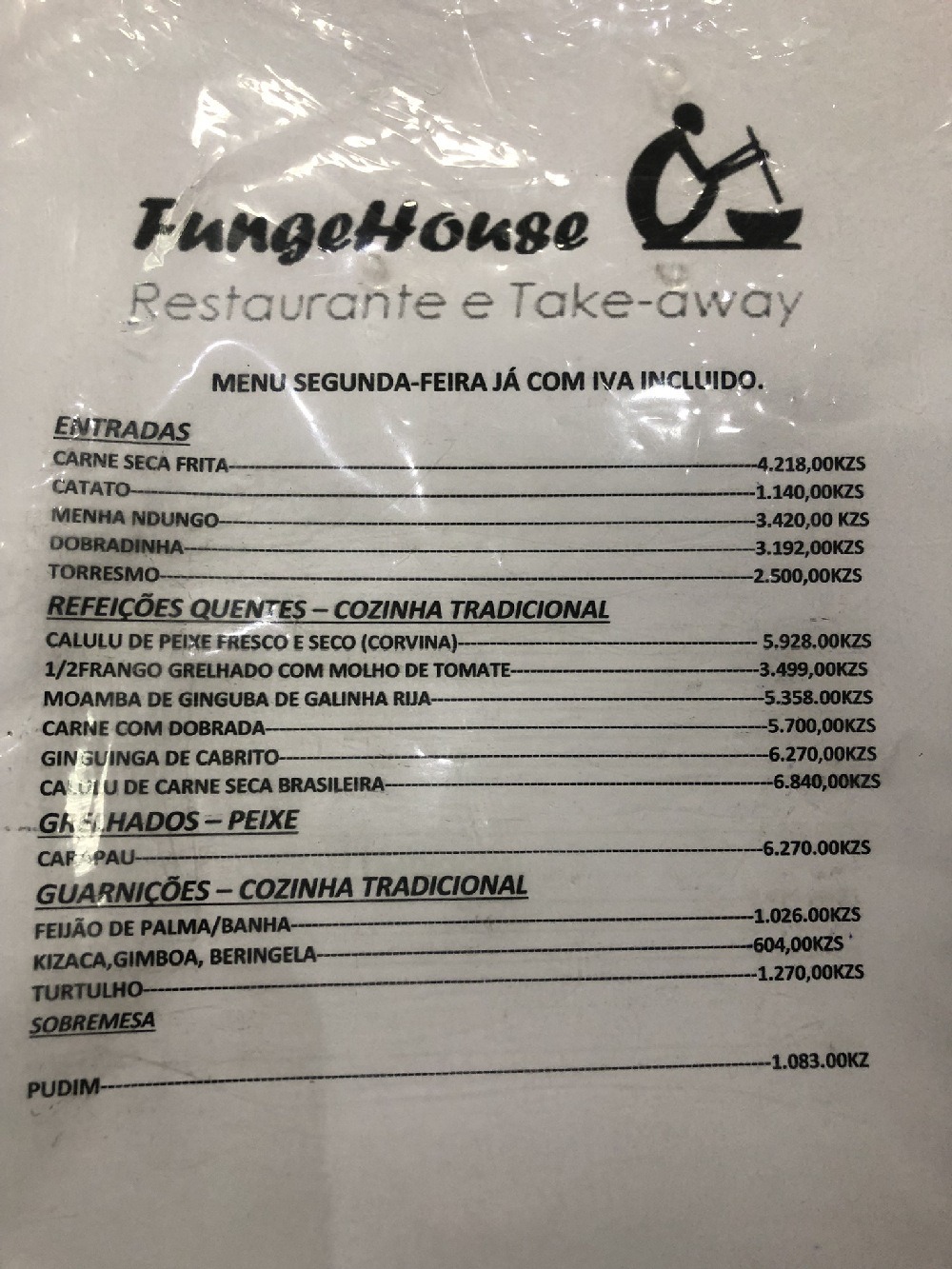
On my way back, my curiosity got the better of me, and I wandered into a Geeley car dealership. I’d never heard of the brand, but the cars looked pretty slick. Fernando, the salesperson, welcomed me in and showed off a couple of models. I found myself wondering why these Chinese-made rides hadn’t made their way to the U.S. yet.
After that, I swung by The Iron House Museum, popped into a grocery store for a maracujá soda, and admired the imposing Angola National Bank. But when I arrived at the Money Museum? Closed for the day. Total bummer. I’m not usually a museum guy, but I was really looking forward to this one.
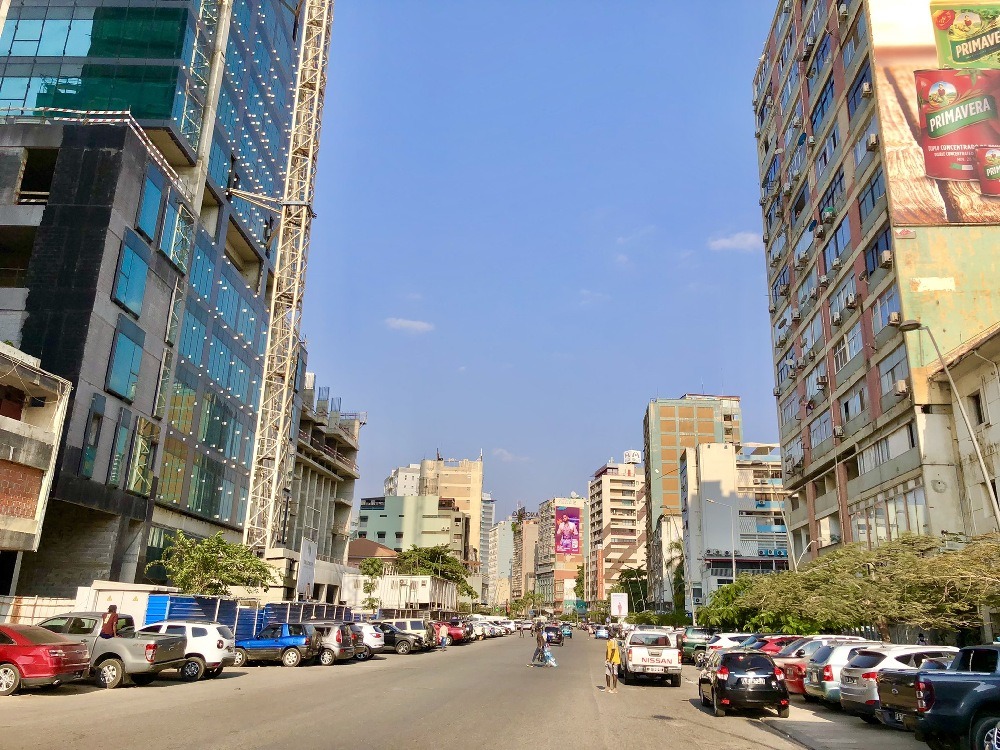
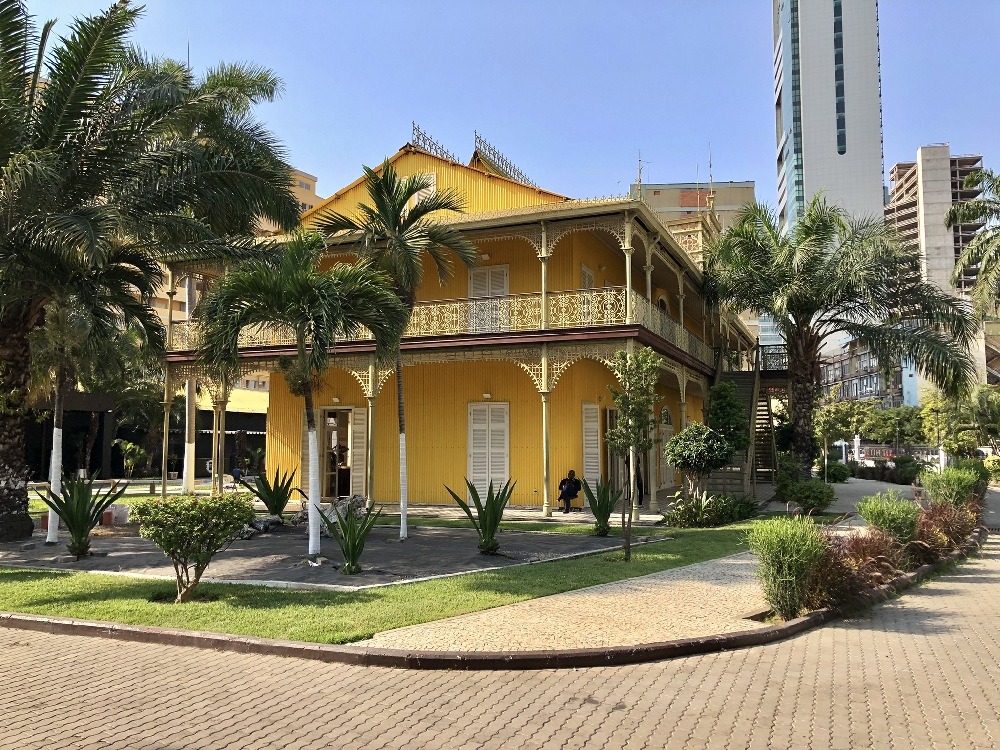
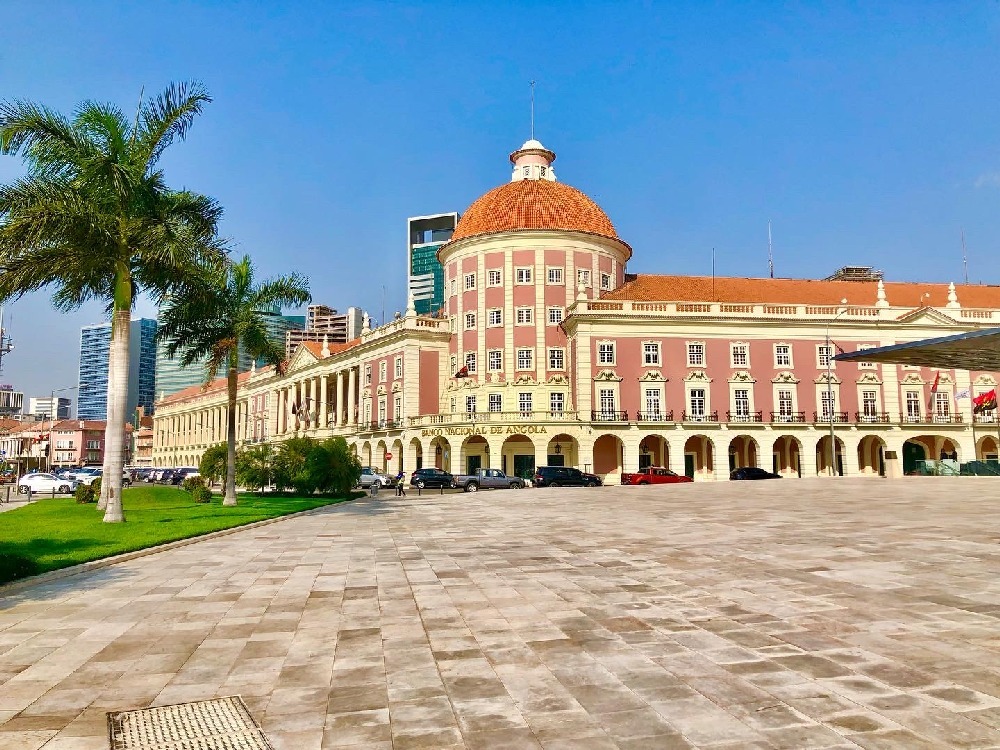
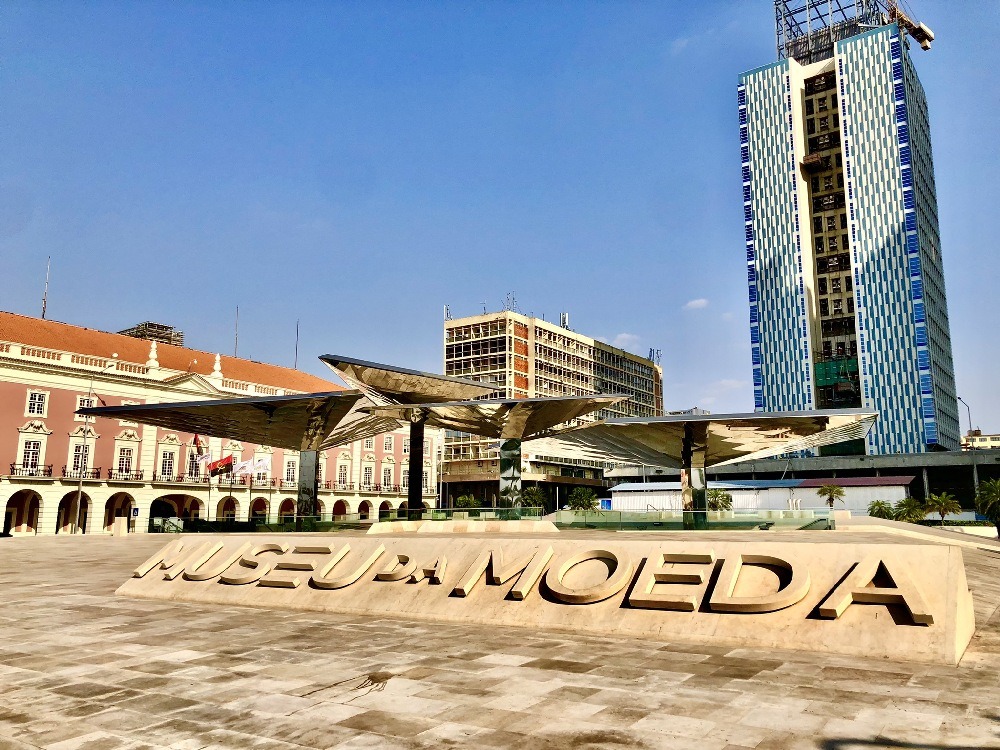
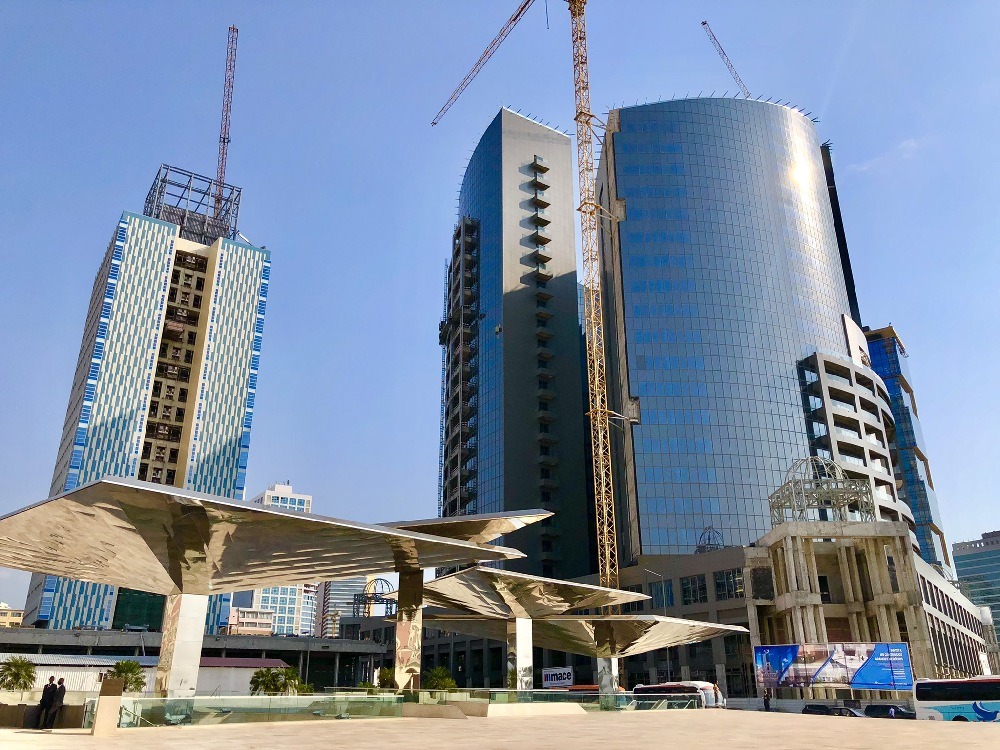
A Fortaleza (The Fort)
I swung back by the hotel to freshen up, but as soon as I stepped out onto the street, I was approached again. A guy named Cuba started following me, trying to pull me into a conversation. But then Chiso appeared out of nowhere, and Cuba quickly realized this gringo was already claimed. I cut the chat short, told Chiso I was heading to the fortaleza, and he let me go, knowing I’d probably run into him again.
Posso entrar?, I asked, and was given the all clear to proceed up the hill. I was now inside a military complex. I wasn’t quite sure what was on- and off-limits, so I headed straight for the fort – its entrance too, manned by a gate and soldier. I’m pretty sure the guard told me the fort was closed, but then he proceeded to wave me in anyway, which was certainly nice. I’m not sure what was happening but I proceeded in before he changed his mind.
Up top, I had the fort all to myself. I walked around its perimeter, along towering walls with canons on top, and took in the views of the bay and city below, glowing in gold under the sunset. Inside the fort, a guy yelled something at me – not sure if I was overstaying my welcome, so I didn’t stick around. Out front, I passed a collection of planes and armored vehicles. My favorite part though, was the brightly colored mosaics of soldiers with guns, missiles and planes charging ahead. Like the tile murals at Independence Square, this was so very North Korean.
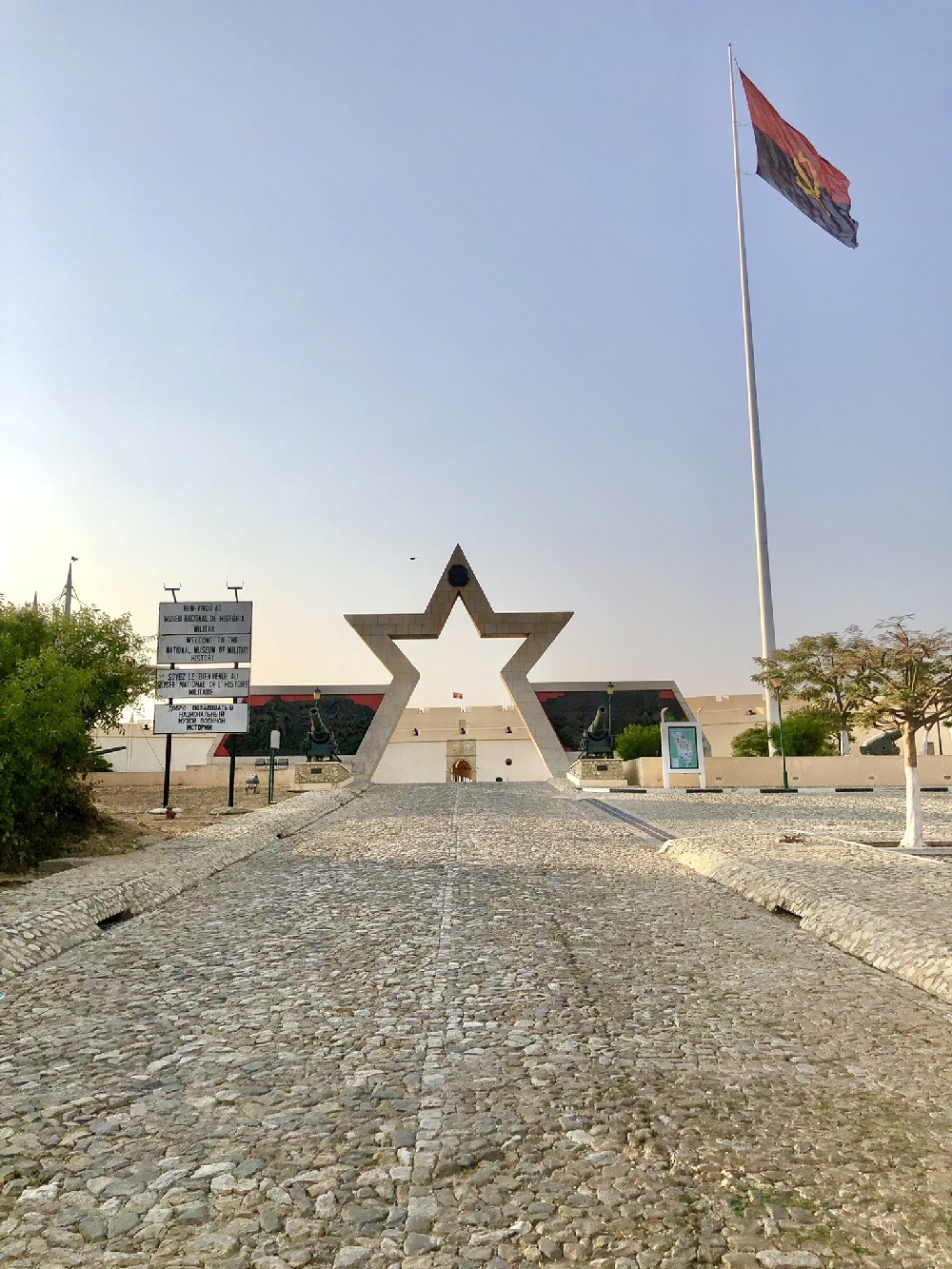
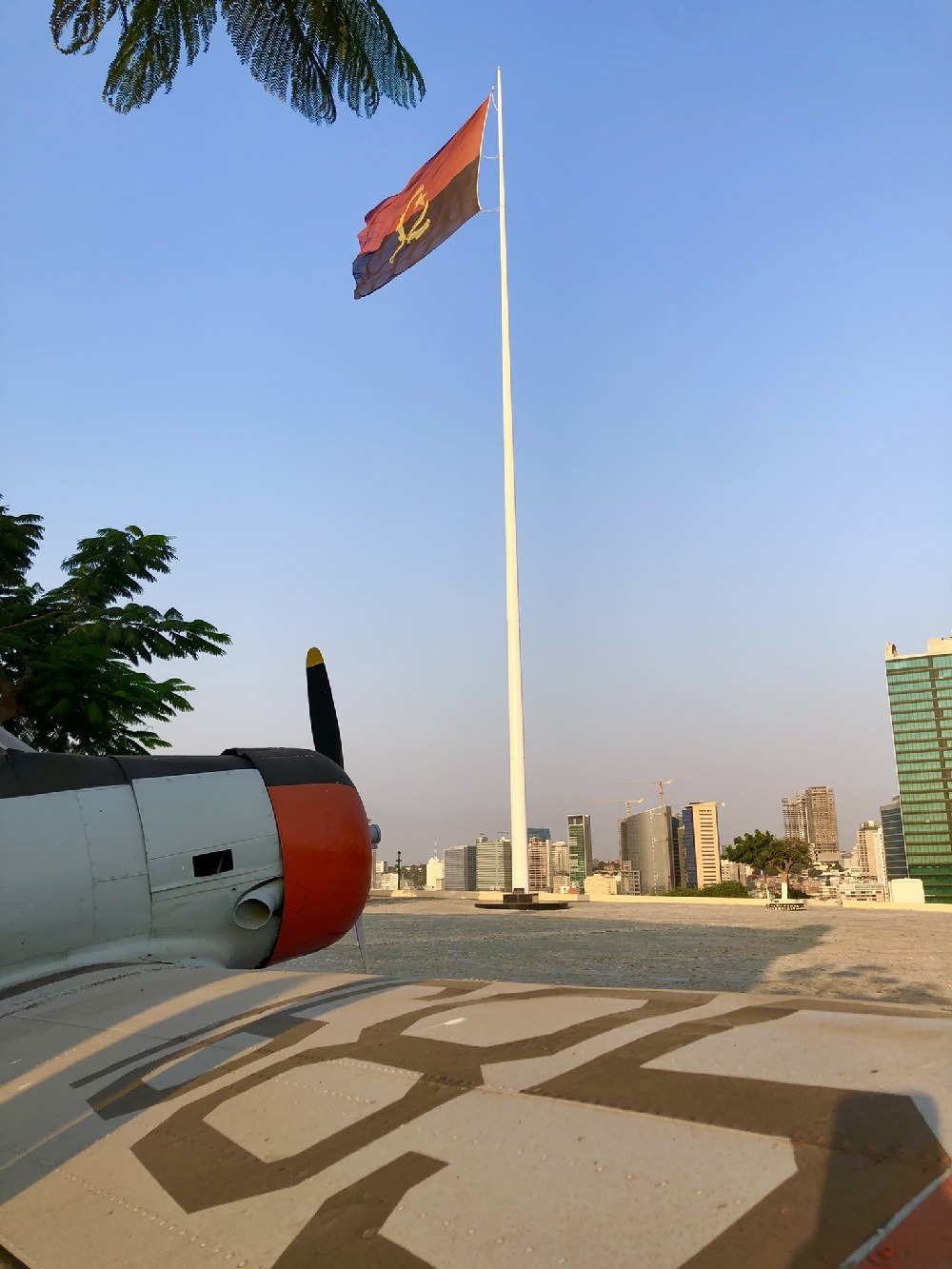
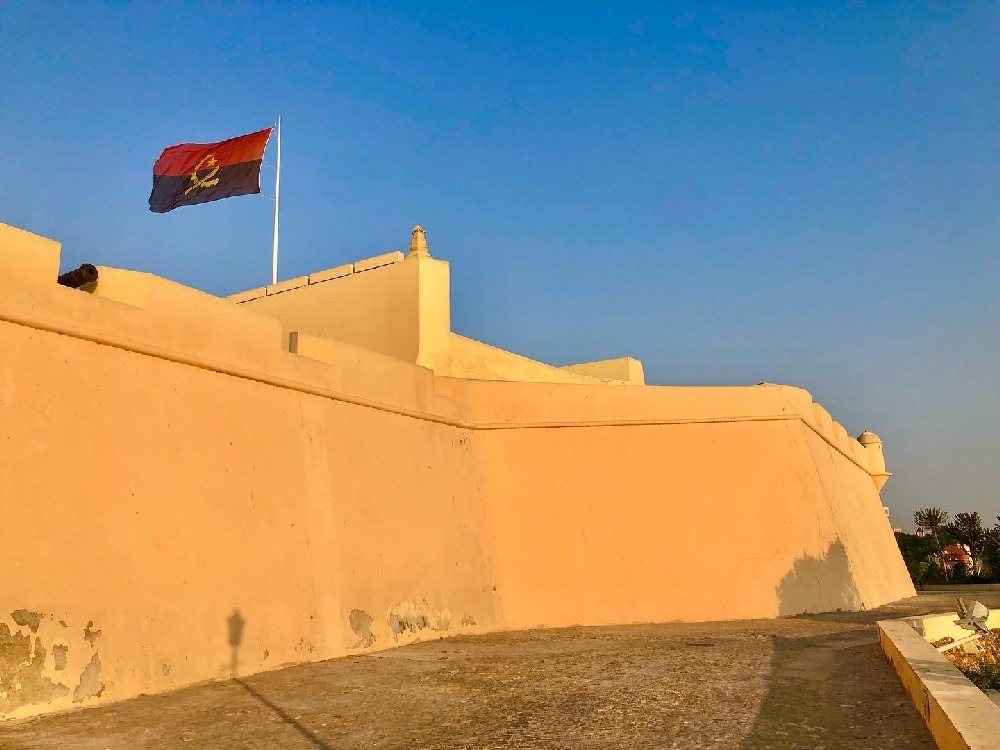
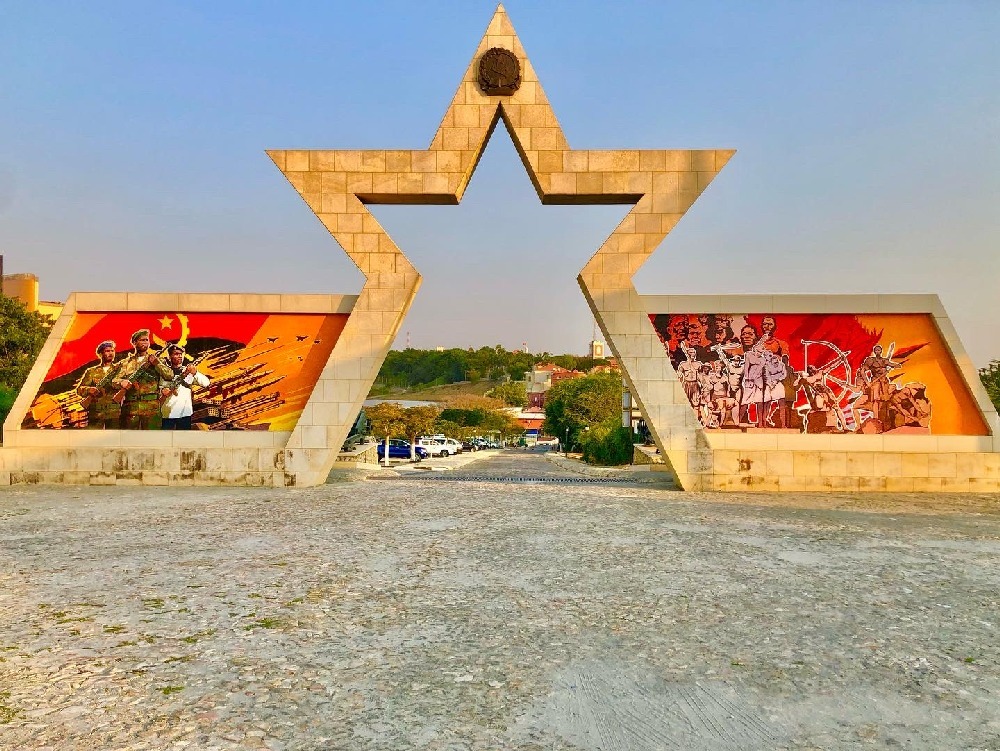
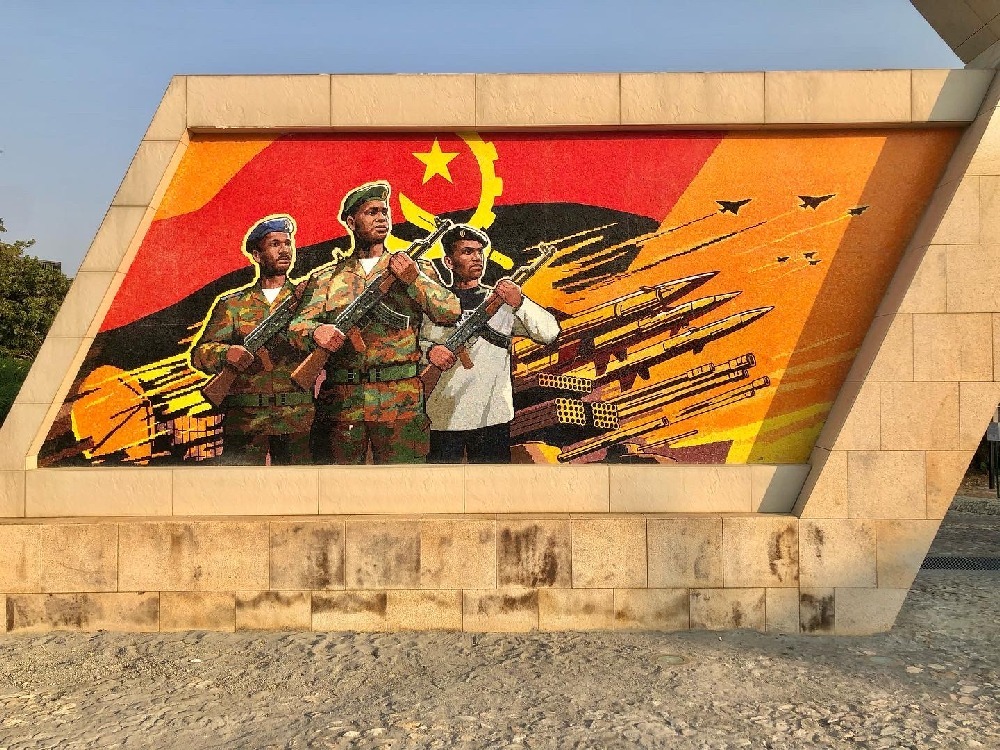
Mall Rat
While up top on the fort I spotted the enormously tall Mausoleum of Agostinho Neto, which I’d seen on the way in from the airport but hadn’t been able to get to today. I was very tempted to take the mile walk north to see it, but I’d be pressing my luck with the impending darkness. I didn’t want to be bopping around town after sundown, especially knowing my “friends” would be waiting for me outside of the hotel. So instead, I opted for a visit to the mall next door to check out the food court.
On my way up the escalators, I stopped on the second floor to look at a new car on display. The Jetour was another Chinese carmaker that I’d never heard of. I wondered how many other car brands were out there that I never knew of.
This mall was nothing too special overall, however I can’t remember a shopping center with such spectacular views in my life. I grabbed a smoothie from the top-level food court and stepped outside on the balcony to admire the bay and city below – it was a beautiful scene and a nice way to end the day, and the trip overall. The entire front of the mall was glass and I could see nothing but the sea in front of me as I descended down the escalator.
I should note there were six or seven fast food places on the top level and what looked to be like a really nice sushi restaurant – upscale with seating both inside and outside on the balcony. It would’ve definitely been a great dinner spot if I had even one more night in Luanda and a date.
Before leaving the mall, I spent some time inside the second-level, upscale grocery store. I needed water for the night and I never turn down a chance to eat mousse de maracujá, which I quickly spotted in the cooler. I grabbed a few things for Chisco, too: some oranges, a coke, chips and cookies.
Sure enough, I’d run smack dab into Chiso on my way back to the hotel, like clockwork. He and his friends were overjoyed that I’d brought them a bag of goodies. You would’ve thought it was Christmas as they riffled through the bag like children unwrapping gifts. It actually made me really happy, too. He asked how long I was staying. I fibbed and told him a week, which would alleviate any pressure he might have had to ask for anything more from me that night.
The next morning I slipped into the shuttle and headed to the airport. I was in the sky by 10:15. I’d had a nice visit to my fifth and final Lusophone African nation. I packed a lot in for just one day. I felt satisfied.
>>> RELATED: 7 Lusofone Counties, 7 Photos: Speaking Portuguese Around the World
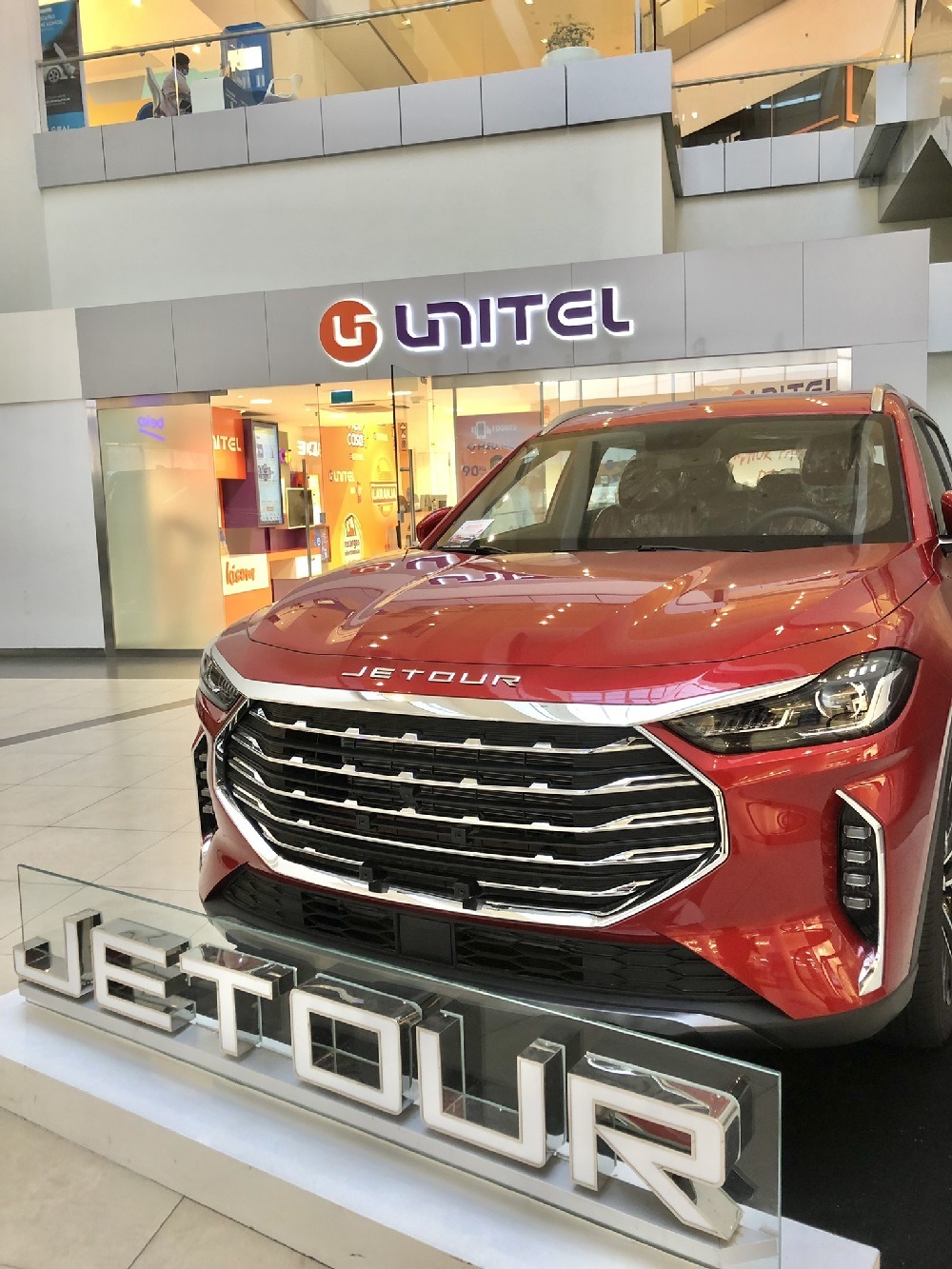
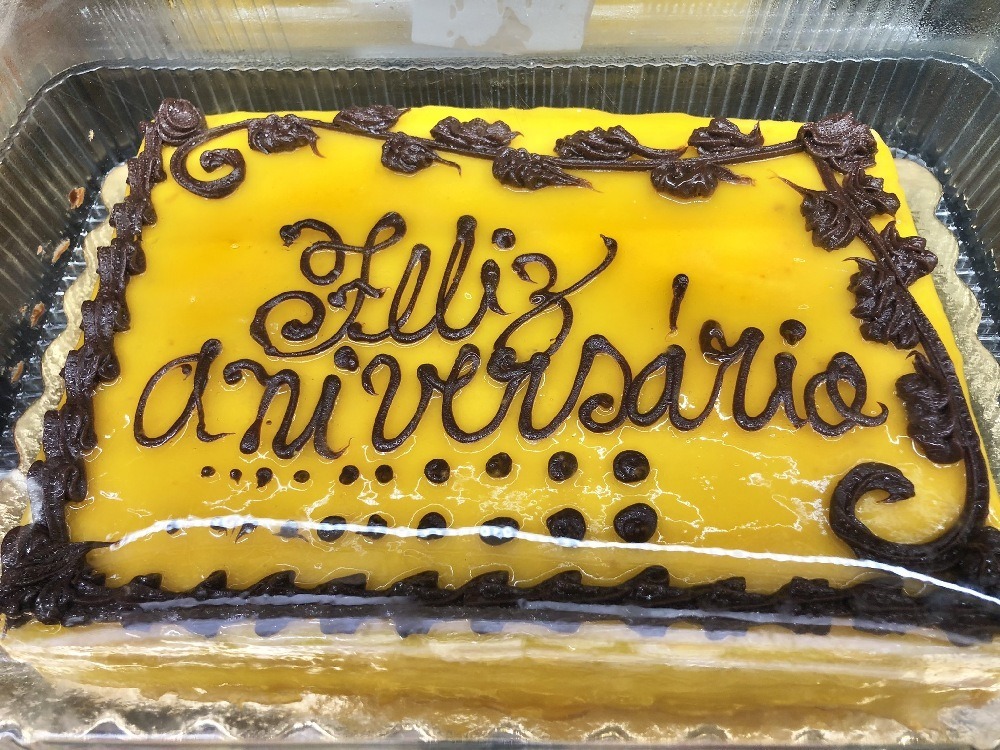
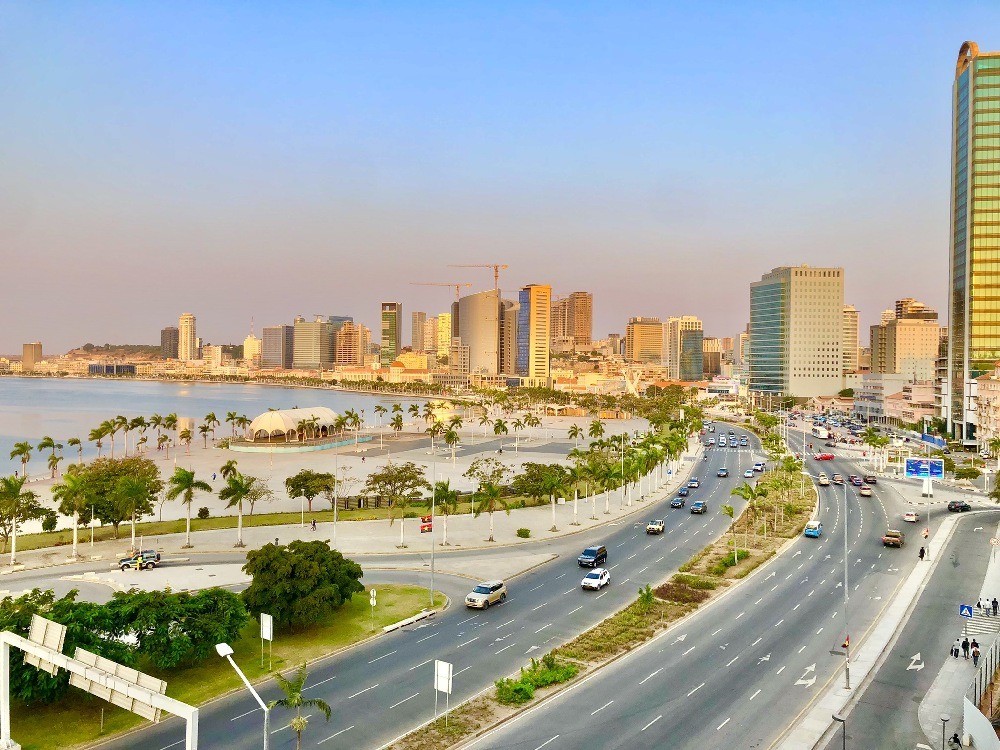
If You Go
A few notes for any of my dear readers planning a trip to Luanda…
First, the hotel. There aren’t any hotel “chains” in Luanda – no Hiltons, Hyatts or Marriotts…not even a Holiday Inn or Best Western, which I found odd. Upon further research, there wasn’t even a McDonald’s of KFC** – something I’m extremely intrigued by. Luanda certainly is a big enough city. I wonder if there’s some kind of political embargo I don’t know about, leading to a scarcity (or non-existence) of American franchises*). To be clear, it’s not that I was looking to dine at Dairy Queen – I just find it strange that I saw uber-random American brands like Shakey’s Pizza in Ulaanbaatar and a Nathan’s Famous in Kyrgyzstan…yet not so much as a Starbucks here in a big city like Luanda. I’m getting off track.
*I later discovered an IHG brand InterContinental hotel online.
**Correction: There are indeed KFCs in Luanda. Thank you @JMCerdeira!
I chose the Hotel Continental (not to be confused with the InterContinental) partly because of its rating, but mostly its location. It really was in the perfect spot, right next to the mall and fortress, and right between the city and the little strip of land called Ilha Cabo (that, unfortunately, I didn’t have a chance to explore). It was an older hotel whose updates really hadn’t succeeded in covering up its dated bones – but the place was clean enough and offered a couple of English TV channels, so I was satisfied. The ocean view really made up for all of the other shortcomings. The old elevator was the kind whose outside door swung open and had no inside door at all – not even a safety cage to pull across. The staff was okay, although as mentioned earlier, it would’ve been nicer for them to be a little more helpful with my taxi “incident.”
My least favorite part about the hotel was the number of vagrants hanging directly outside its main doors and in the plaza in front. It was nearly impossible to enter or leave the hotel without being approached. There must have been between 15 and 20 vagabonds present at all times. I should be clear that I was never actually threatened, but the constant attention became a little unnerving.
You can check out a full list of hotels in Luanda HERE.
I should not leave out that I’d read warnings about the dangers of exploring the city alone, as a foreigner. Even one of the staffers at the Luanda radio station said, after my visit, in a text message, that I was a “brave American citizen” for “walking upon my soil freely.” I get the feeling the businessmen and women who come here are with security 24/7 while outside their hotels. However, for every caution I read, there were experienced travelers that remined me Luanda was like any other big city and to simply practice common street smarts and avoid walking after dark.
My credit cards—both Visa and Mastercard—never worked once! I’d tried them four times: at the bakery, FungeHouse, the mall and at the hotel. Thank goodness I had enough cash on hand to pay my $428 USD hotel bill. So yeah, bring cash! I should note that the ATMs at the airport didn’t work, but the ones in town thankfully did.
RAMBLIN’ TIP: It’s always a good idea to have a grand in crisp, new hundred dollar bills safely tucked away in your bag. American dollars are good in most parts of the world and you never know when you might get into a jam and need some cash.
Oh, and Angola is known as the most expensive country in Africa. I’m guessing it’s because if you’re visitor, you’re most likely an oil or diamond person. With all that oil and all those diamonds…well, they probably figure they can get away with charging way too much for things.
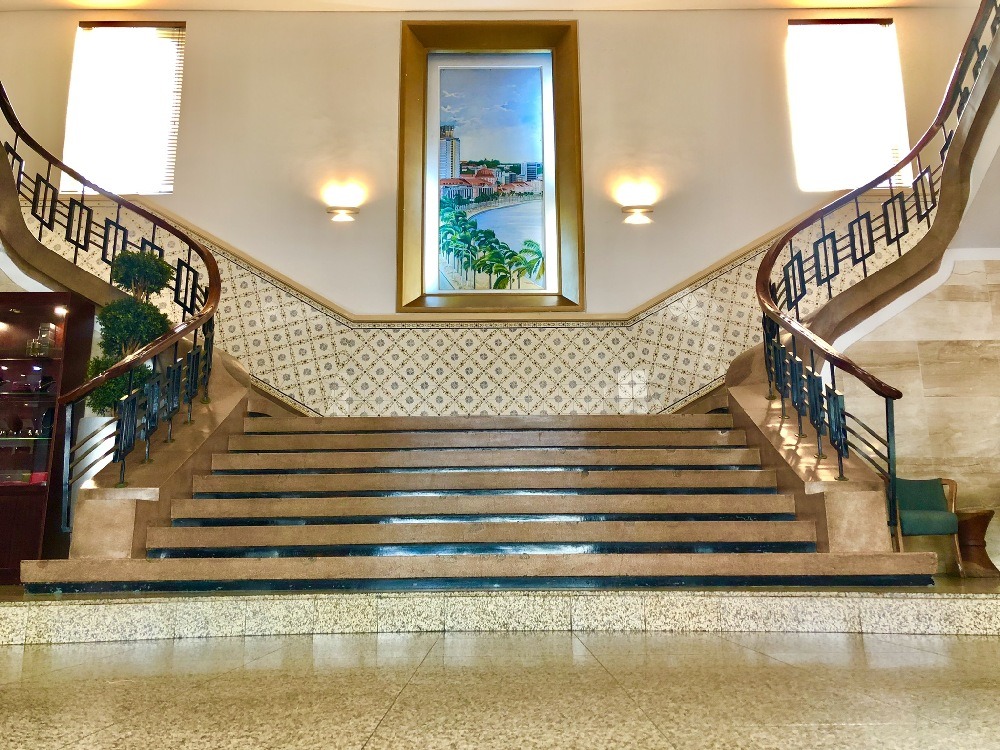
The flight booking situation was one of the strangest I’ve seen: The TAAG website’s schedules and booking tools didn’t match up with the flights that were actually available. I used Google Flights to find the actual flights to and from Luanda and my only option was to purchase them via Expedia. As I mentioned in the beginning, I’d called TAAG just to make sure those Expedia flight dates and times were correct, since they didn’t populate for me on TAAG’s website. With my tight schedule, I couldn’t afford to get it wrong.
Would I visit Luanda again? I’m not sure. I’d like to check out the exclave of Cabinda – a territory of Angola that’s completely inside of The Republic of the Congo. That would probably be pretty neat to check out.
Just one more African nation left. (Did you know there are 54 countries in Africa??? It’s huge!) See you in Madagascar next month!
***
READ THIS: This book looks AMAZING!!!
Magnificent and Beggar Land is a powerful account of fast-changing dynamics in Angola, an important African state that is a key exporter of oil and diamonds and a growing power on the continent. Based on three years of research and extensive first-hand knowledge of Angola, it documents the rise of a major economy and its insertion in the international system since it emerged in 2002 from one of Africa’s longest and deadliest civil wars.
The government, backed by a strategic alliance with China and working hand in glove with hundreds of thousands of expatriates, many from the former colonial power, Portugal, has pursued an ambitious agenda of state-led national reconstruction. This has resulted in double-digit growth in Sub-Saharan Africa’s third largest economy and a state budget in excess of total western aid to the entire continent.
Scarred by a history of slave trading, colonial plunder and war, Angolans now aspire to the building of a decent society. How has the regime, led by President José Eduardo dos Santos since 1979, dealt with these challenges, and can it deliver on popular expectations? Soares de Oliveira’s book charts the remarkable course the country has taken in recent years. ORDER ON AMAZON HERE.
This entry was posted in Africa
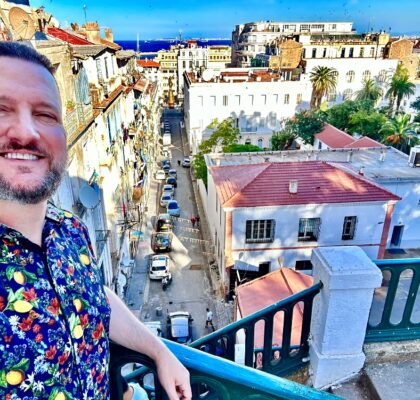

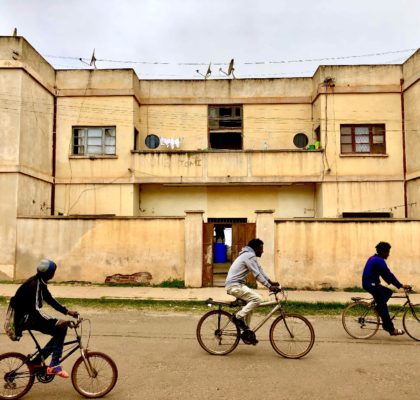
Back in 2019 (when we almost overlapped in DRC!) I was flying Kinshasa to Luanda and decided to splurge on a biz class flight on TAAG to see if I would have a chance encounter with some dictators or the like The cabin ended up being me, a Portuguese guy who was a consultant to the DRC finance minister, and a whole lot of Chinese businessmen and government officials wearing Gucci belts. Was it a stupid expenditure? Probably? Was it worth it? Hell yes!
So cool! And yes, I totally get it!!!
I really miss Angola. I have great childhood memories of this place. My favorite African country despite an incredibly dysfunctional government. Haven’t been there in 10 years… Need to go back asap… Eu ❤ Angola!
Say, what happened to the Zambia and Zimbabwe entries? This reads like it should be the last in the set, yet I don’t see anything for those countries.
Thank you! Coming SOON! I got so crazy busy – have to finish these articles on Zim and Zam!
Thanks for the (incredibly) quick reply! Looking forward to those. I’ve been interested in Zambia for a while and have picked up a smattering of words and phrases in one of the local languages. They had a really cool rock scene in the 1970s and 1980s, called often Zamrock, that had a much heavier, more garage/metal sound than most other African rock music of the time.
Okay, they are UP! Keep your expectations low! LOL!